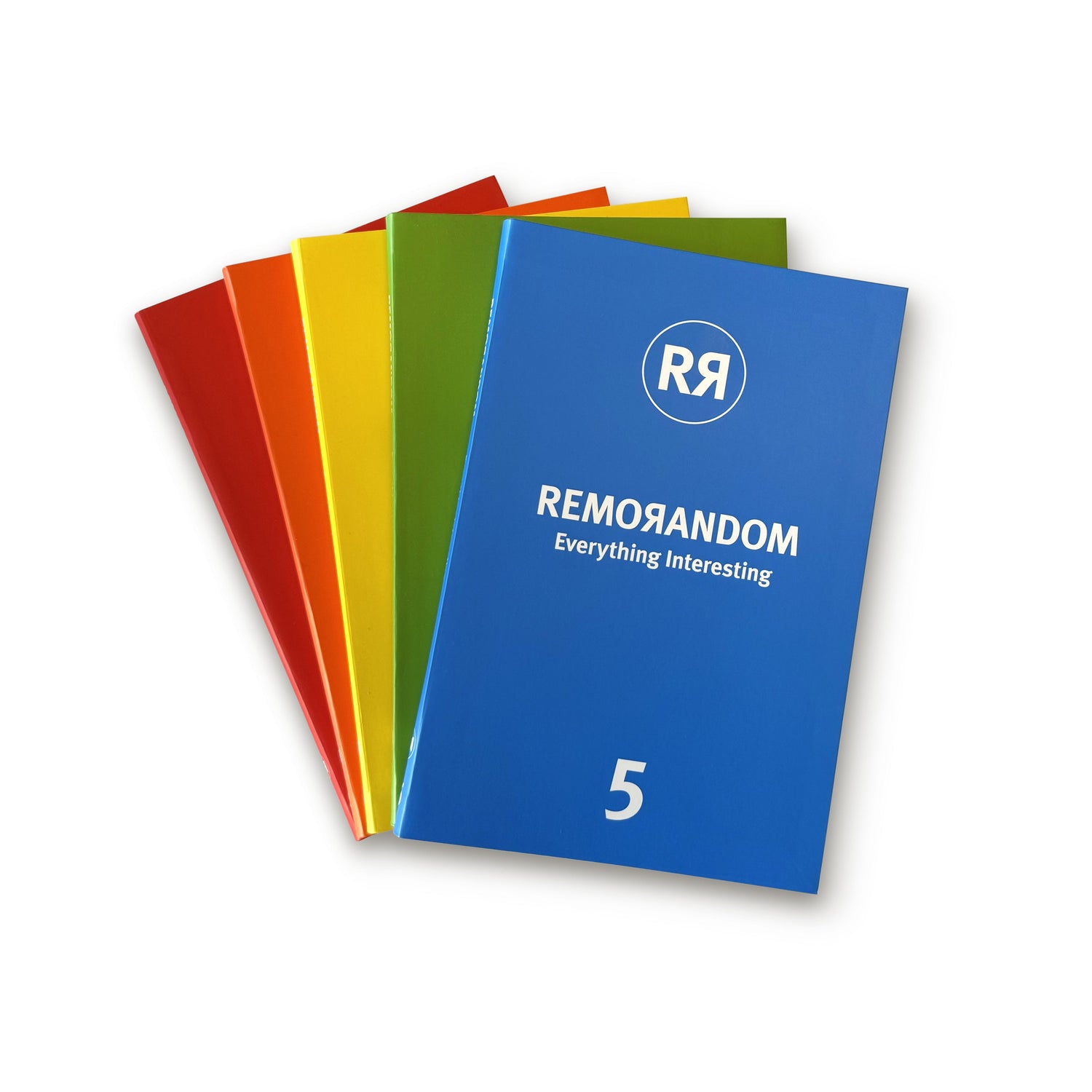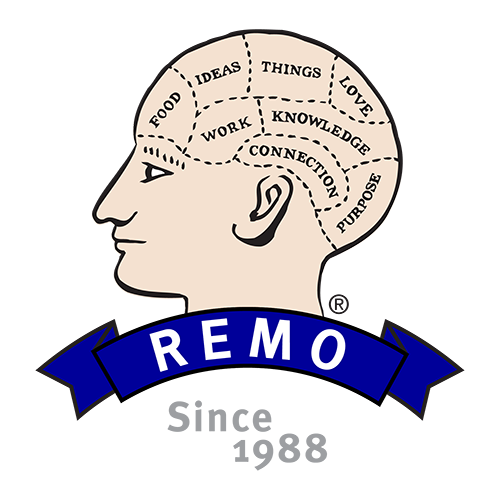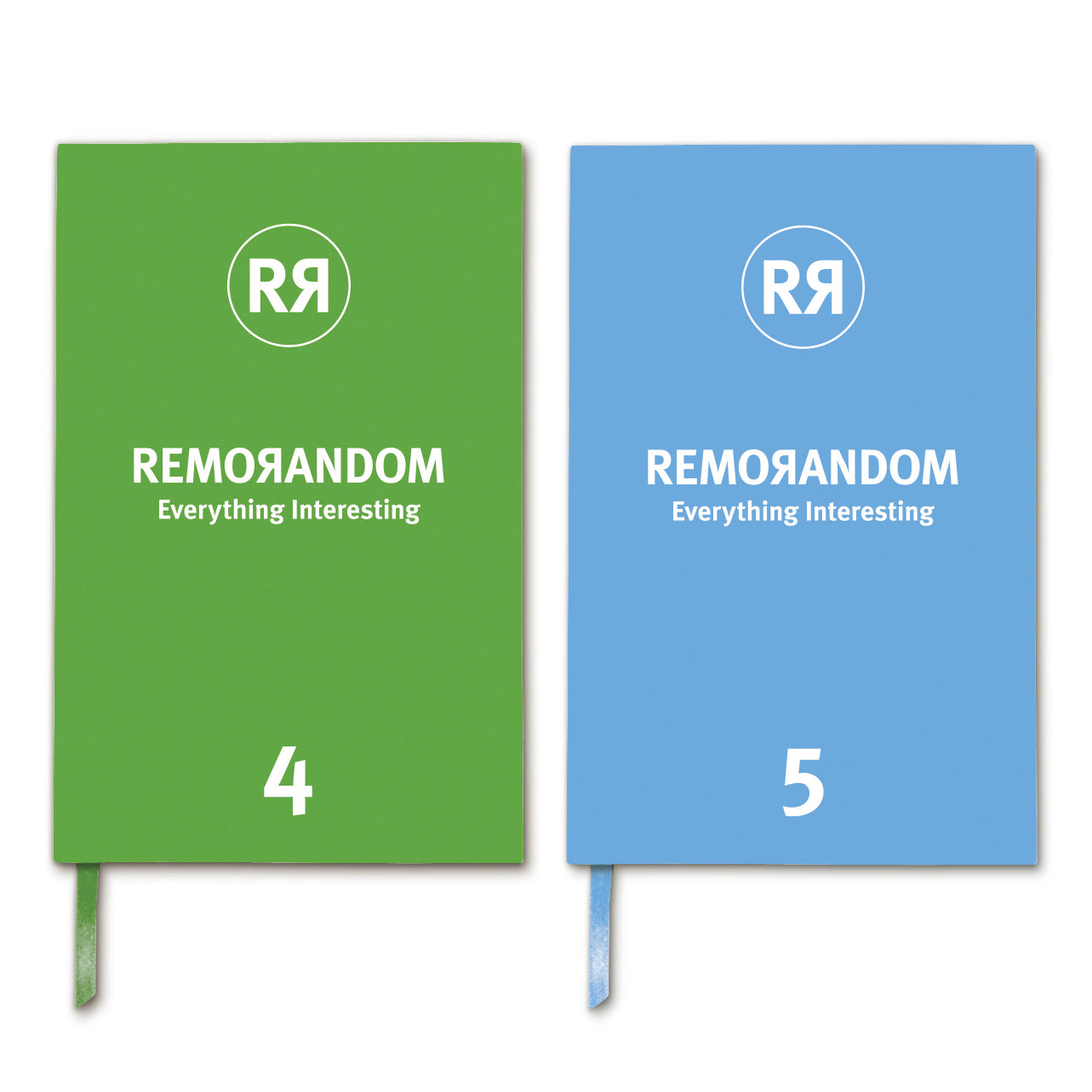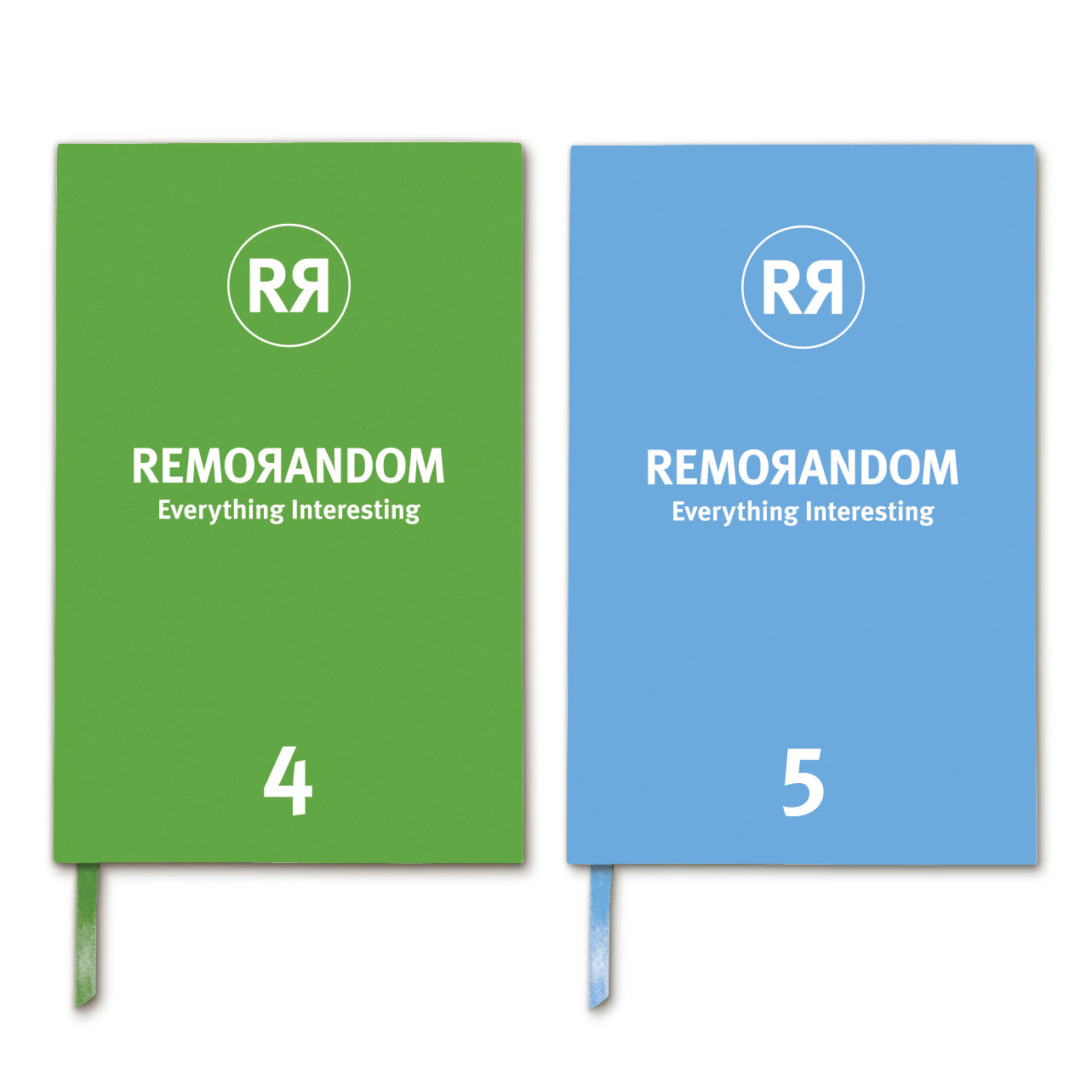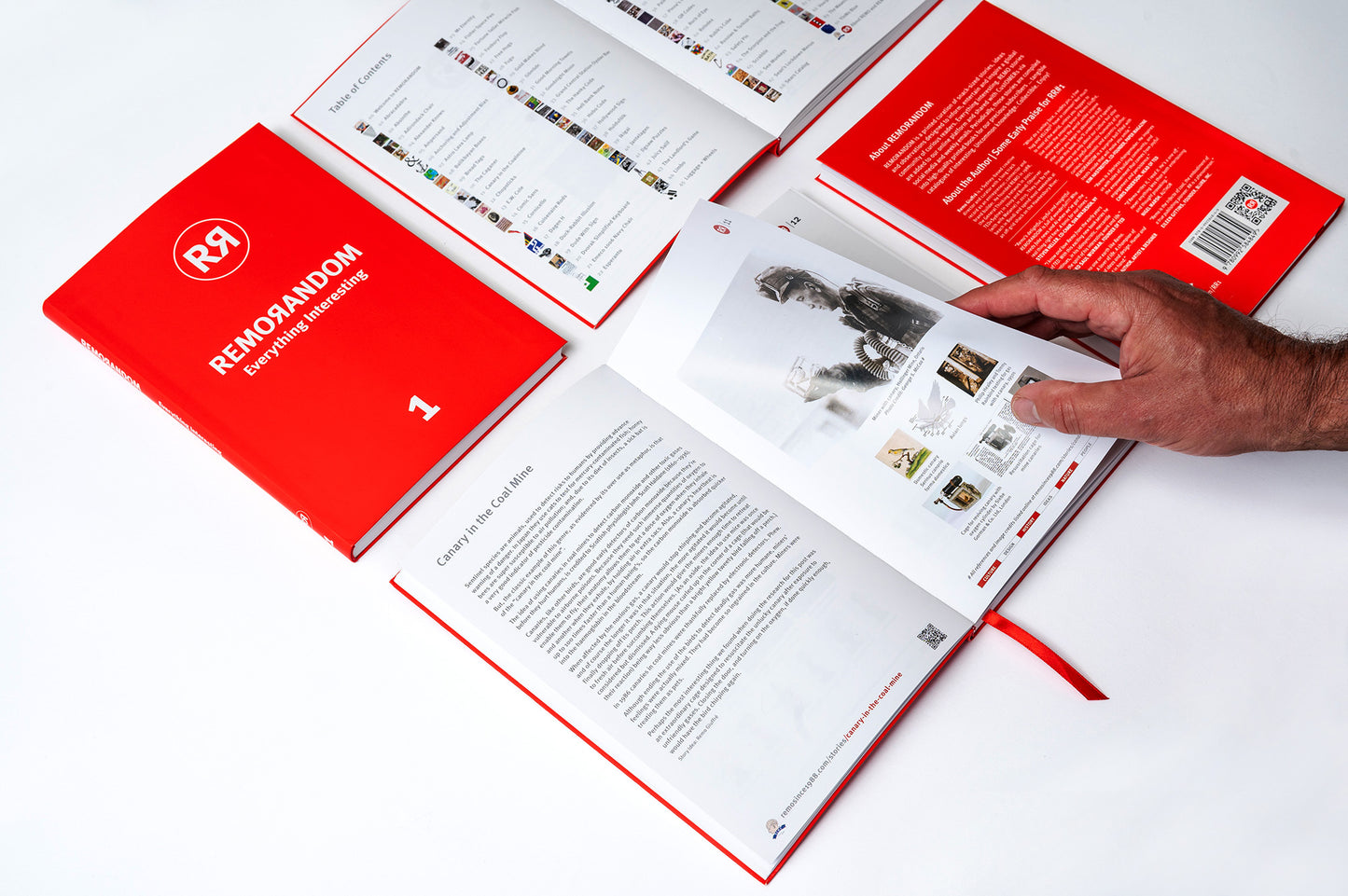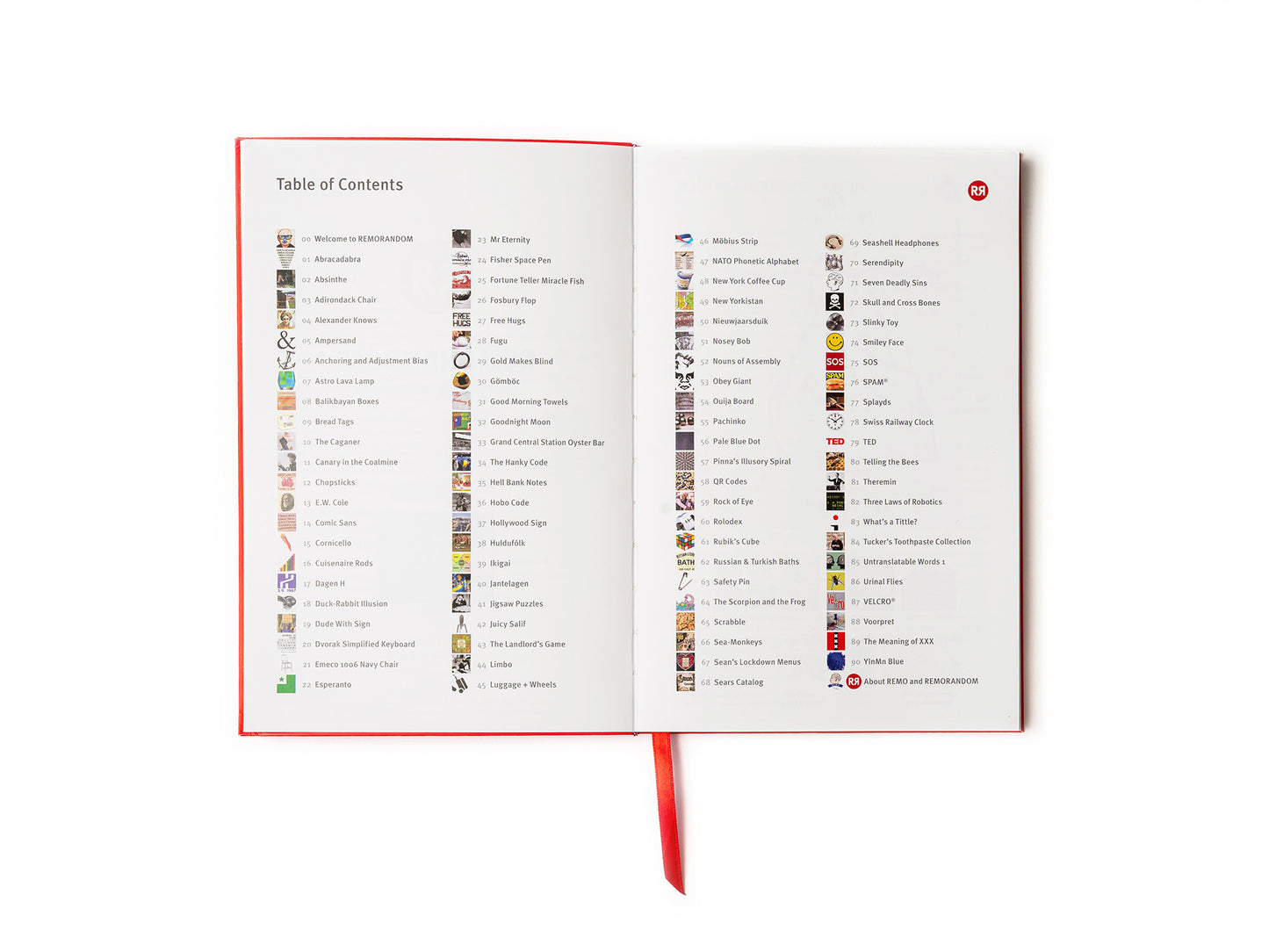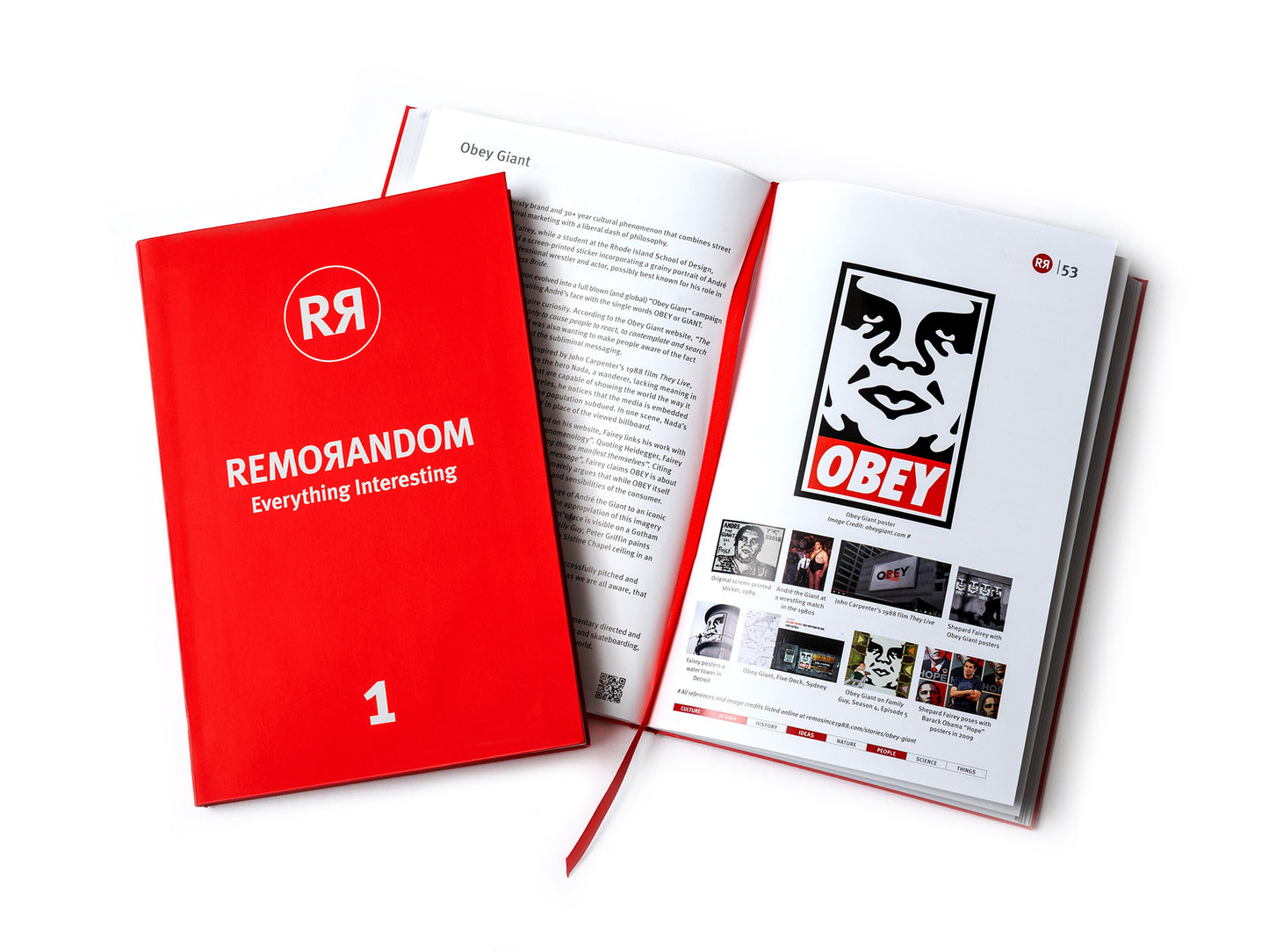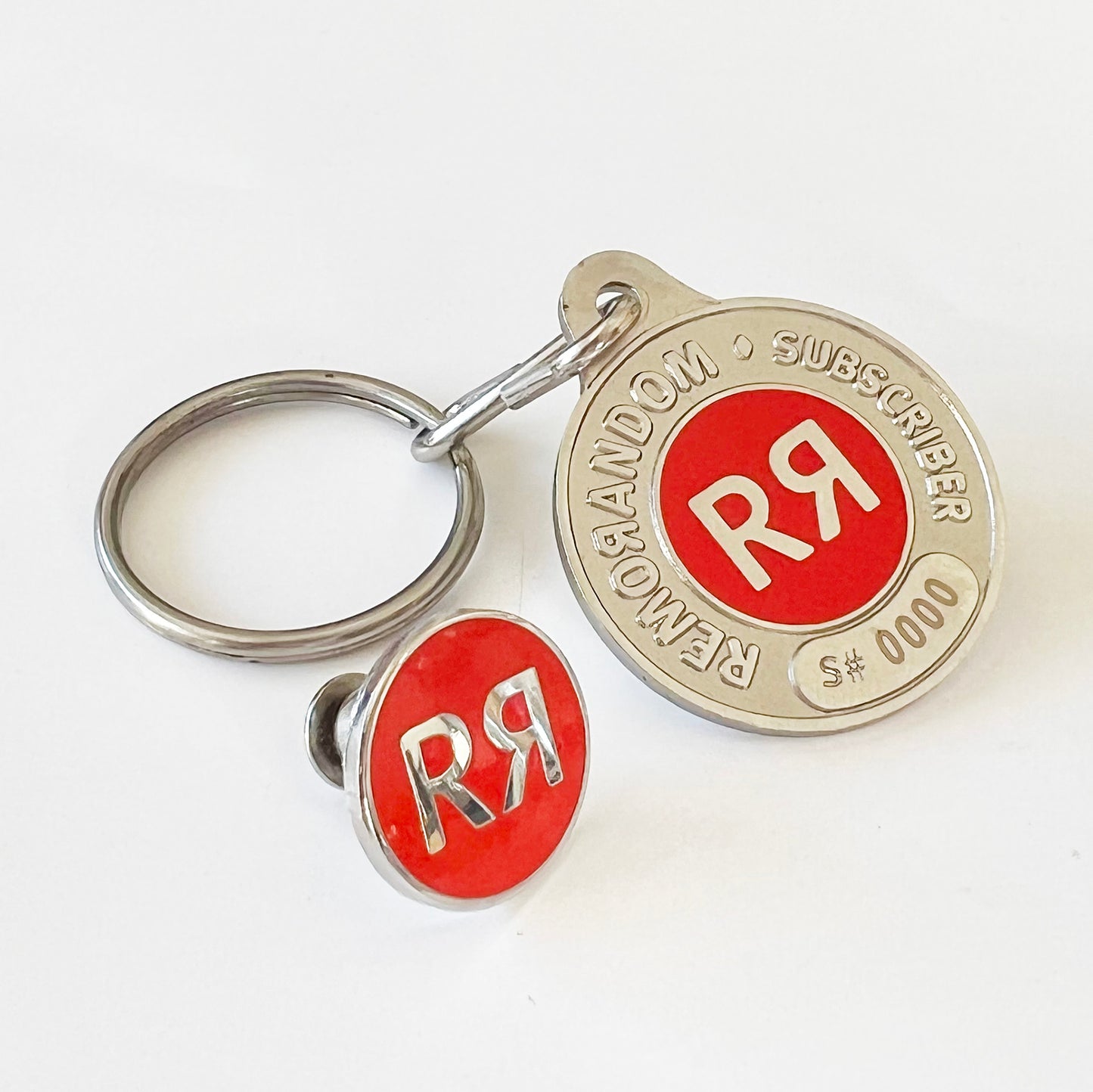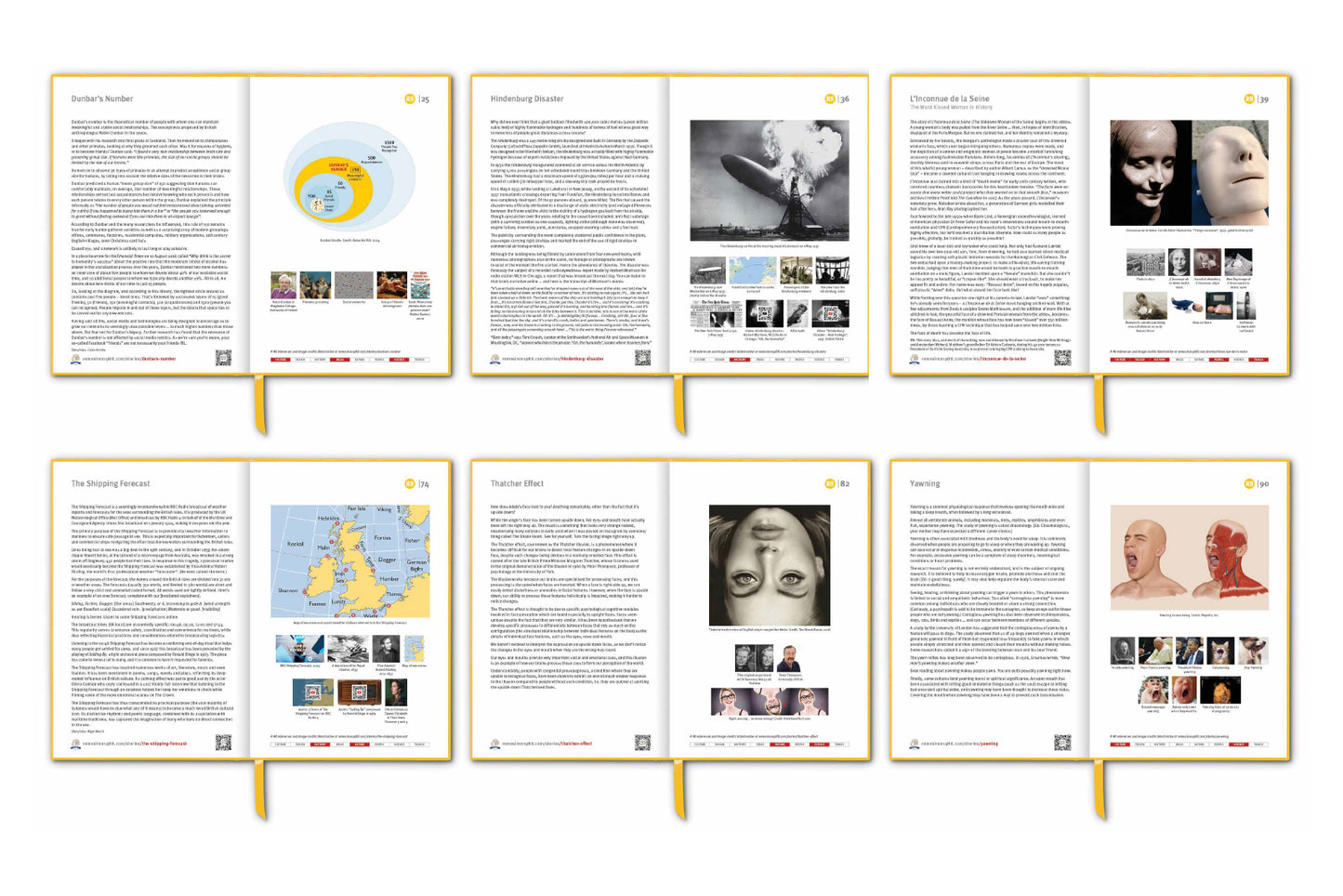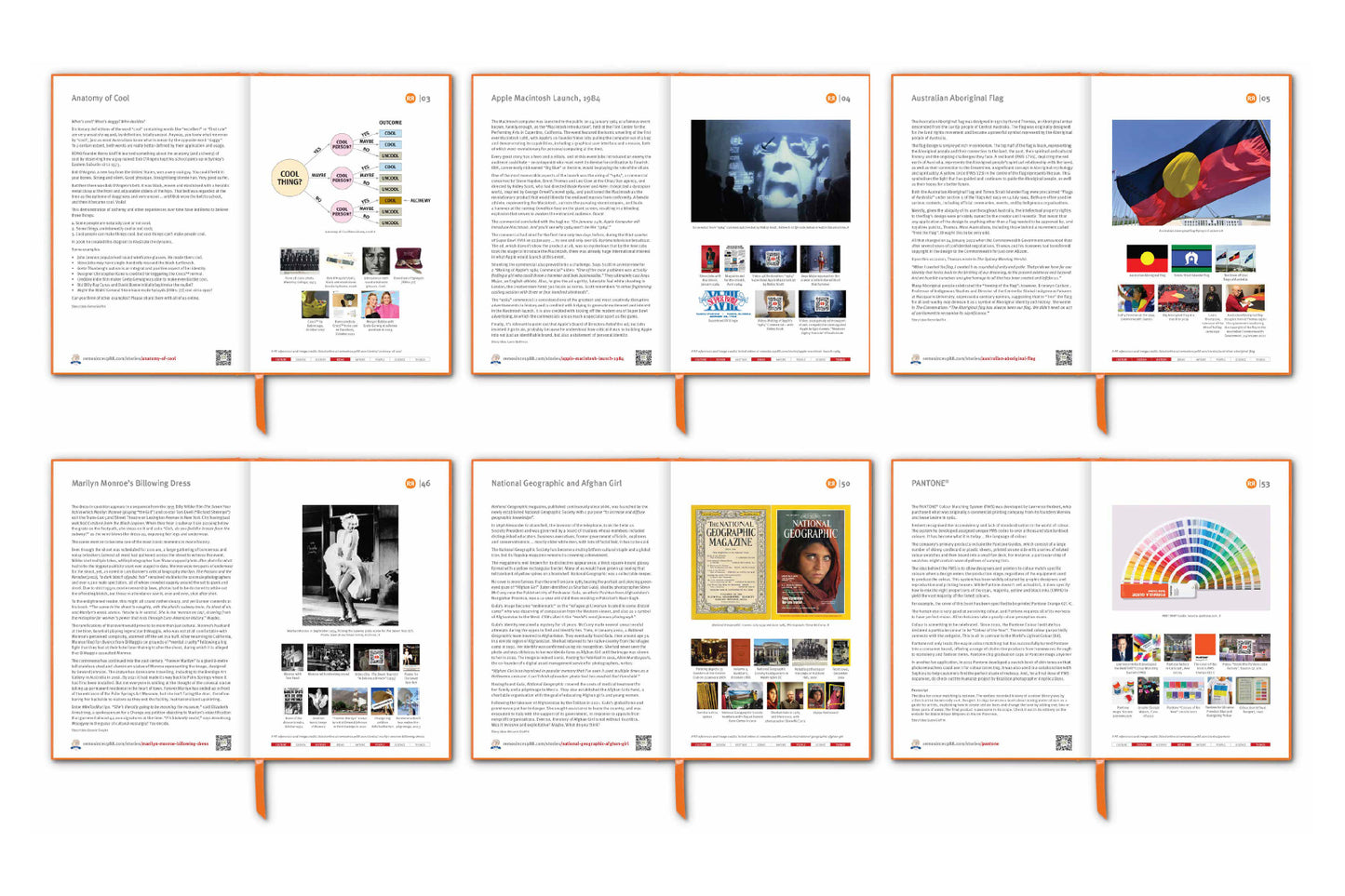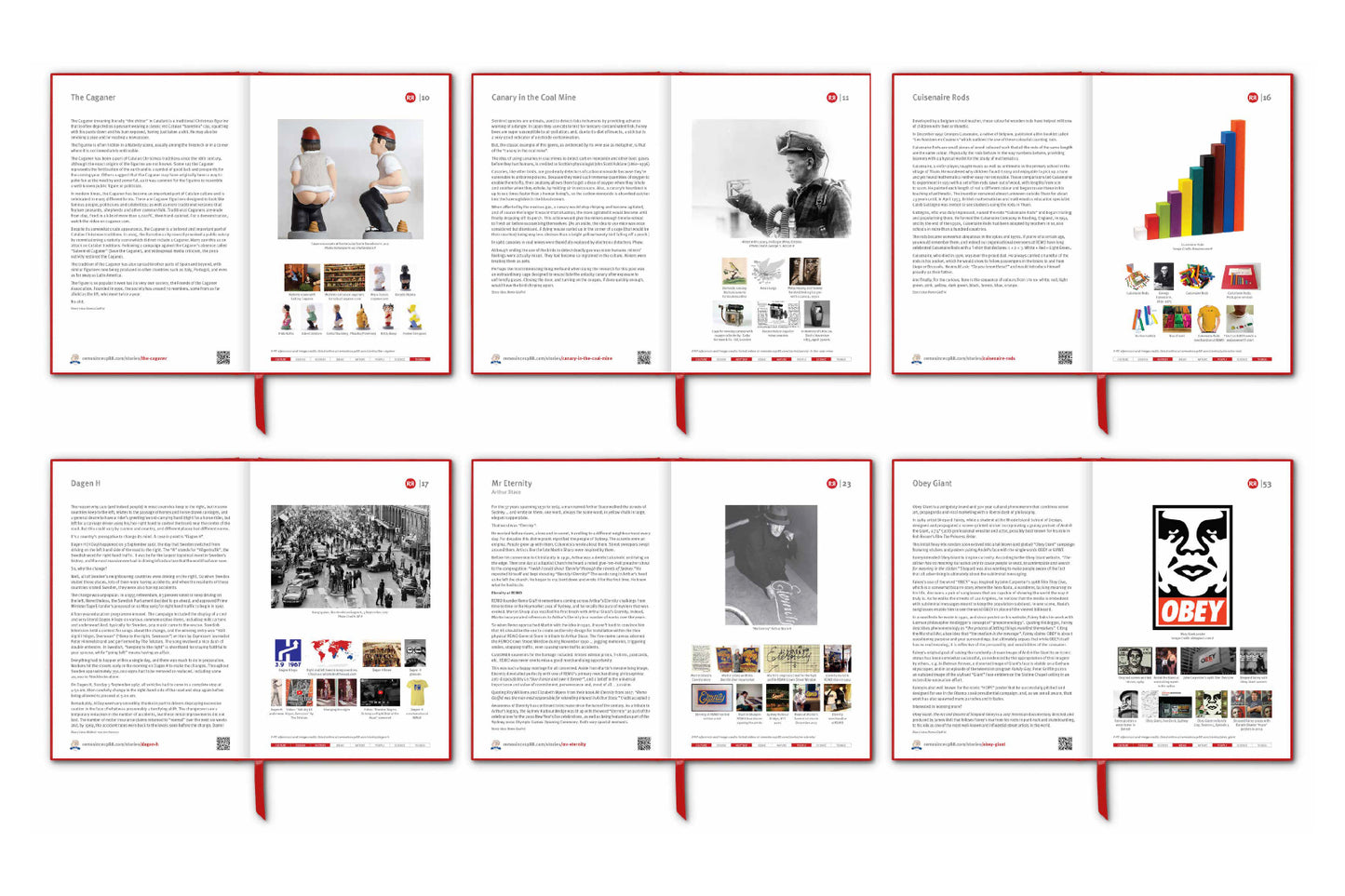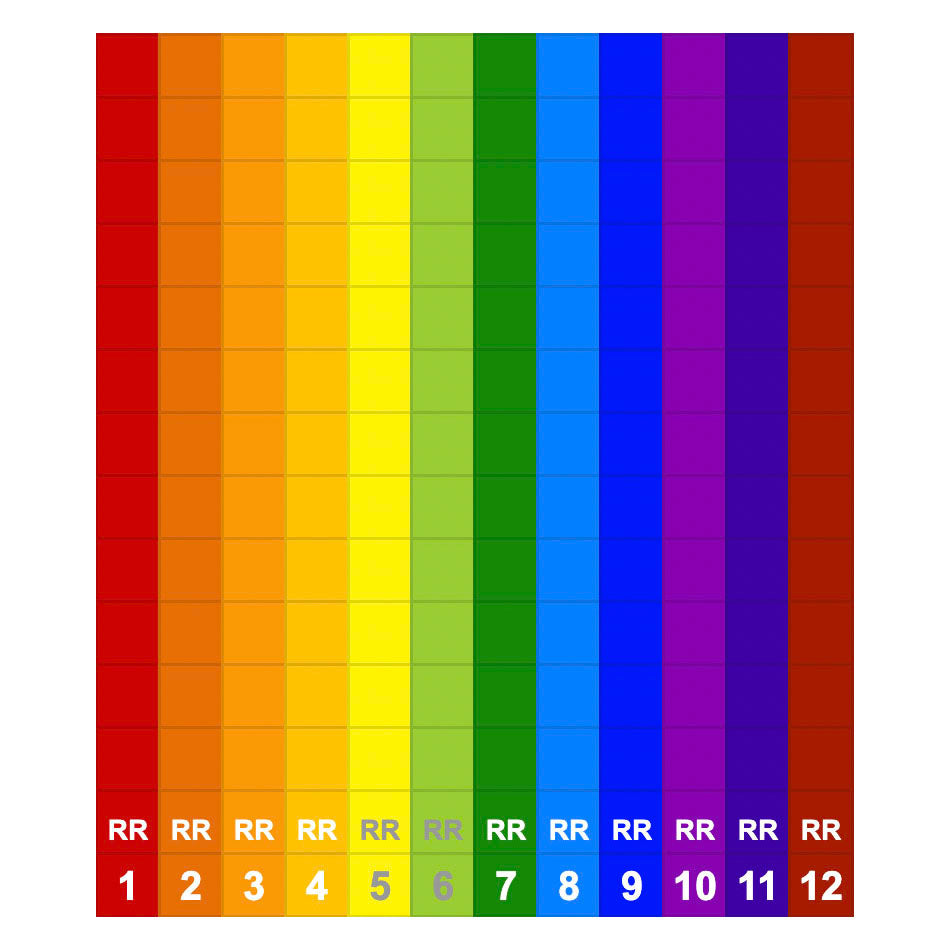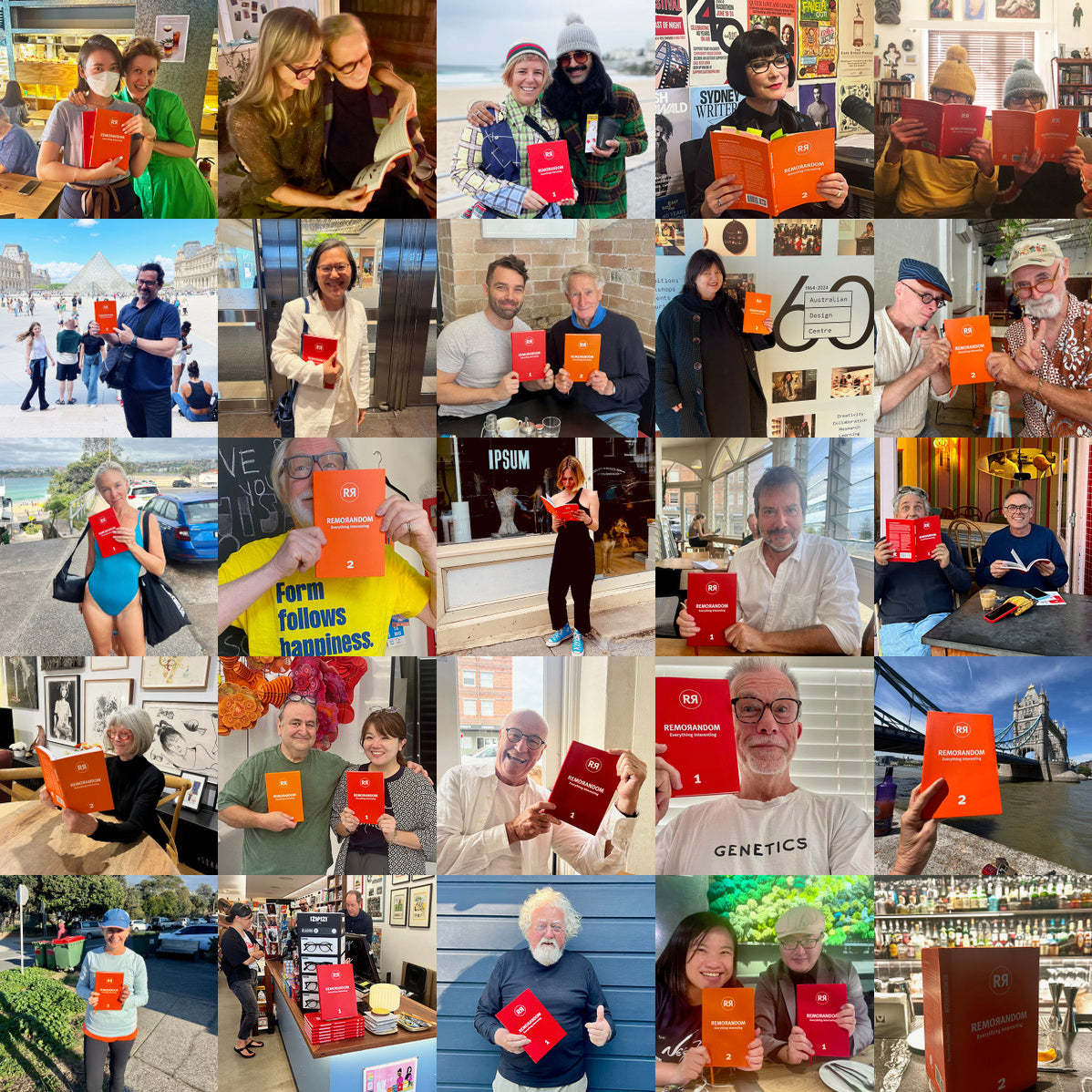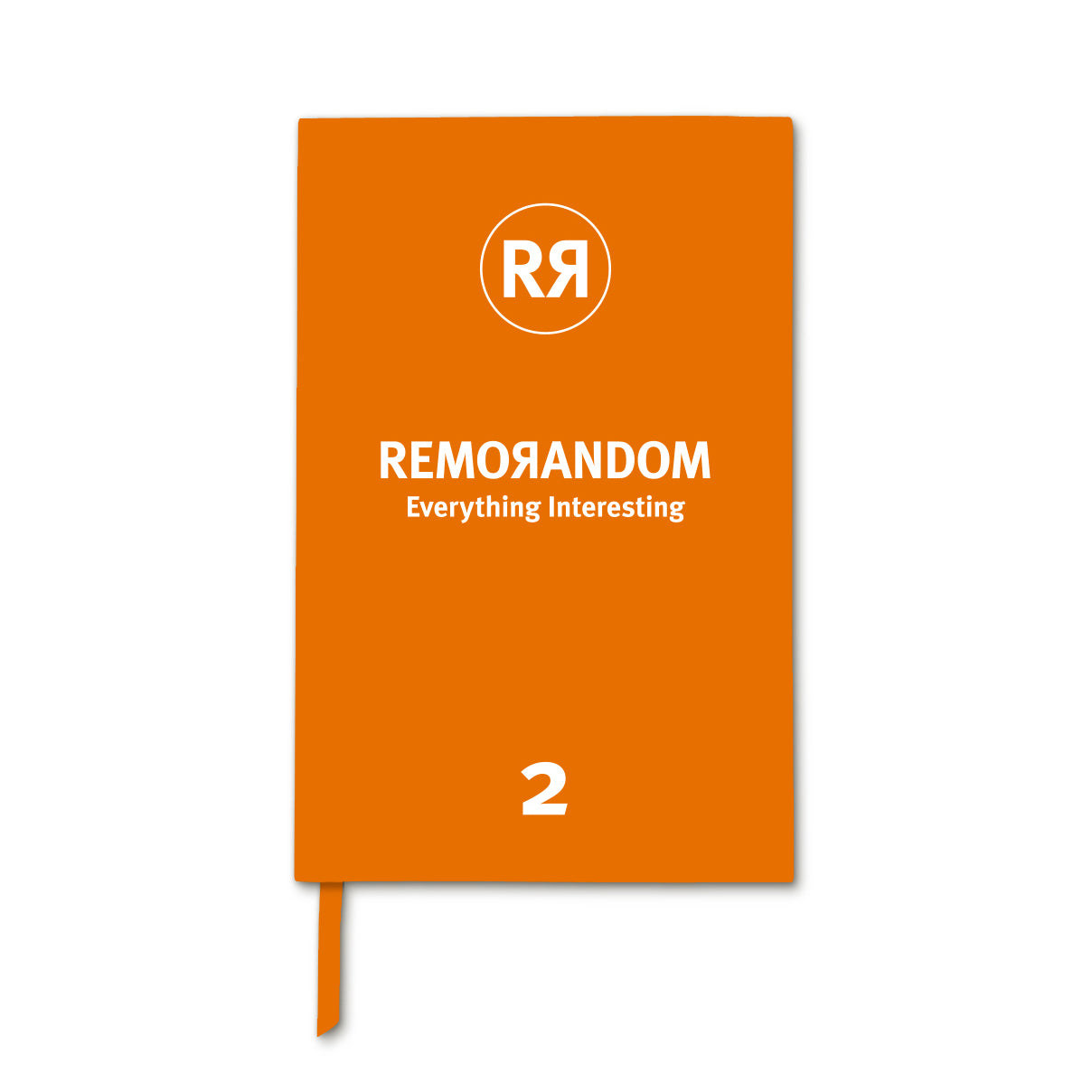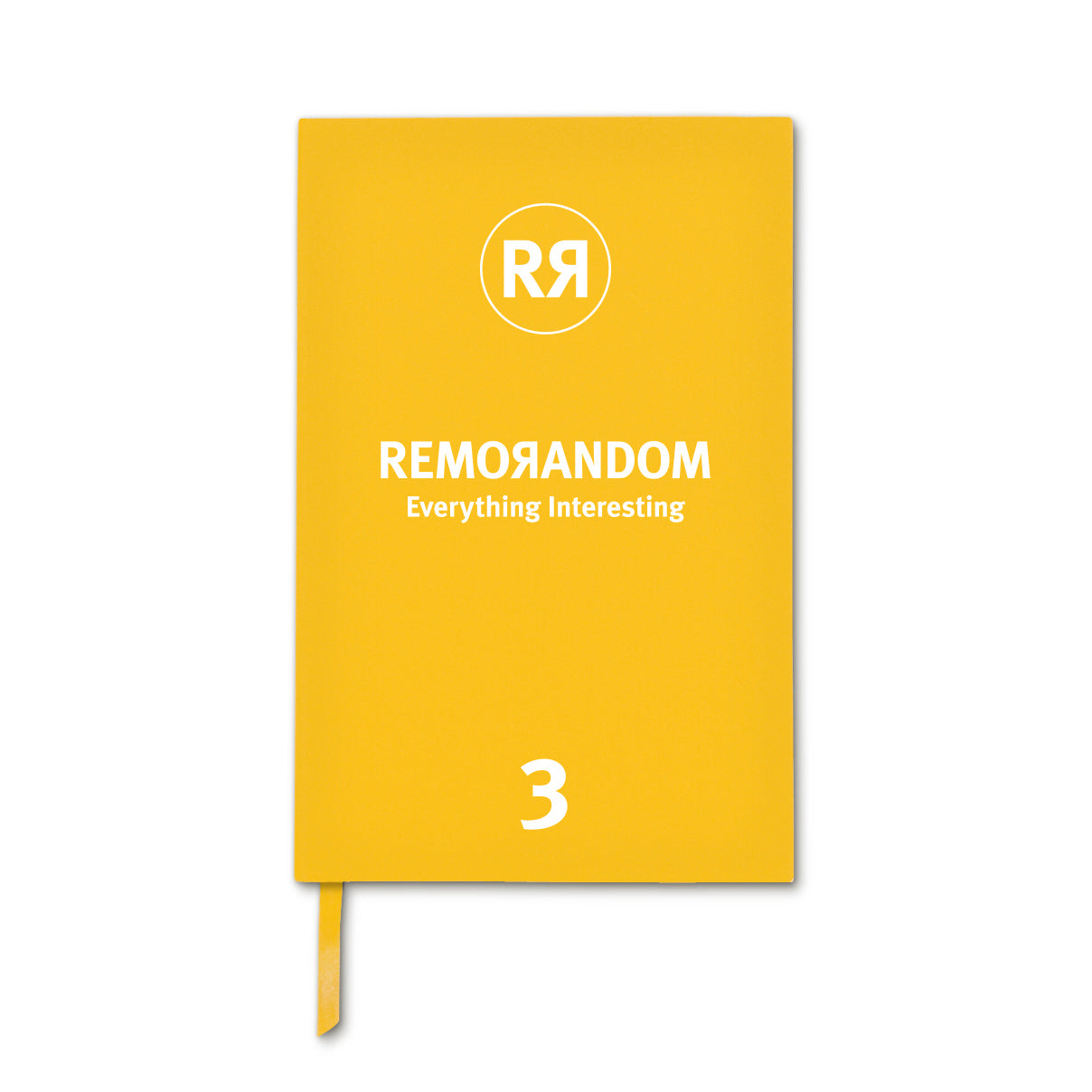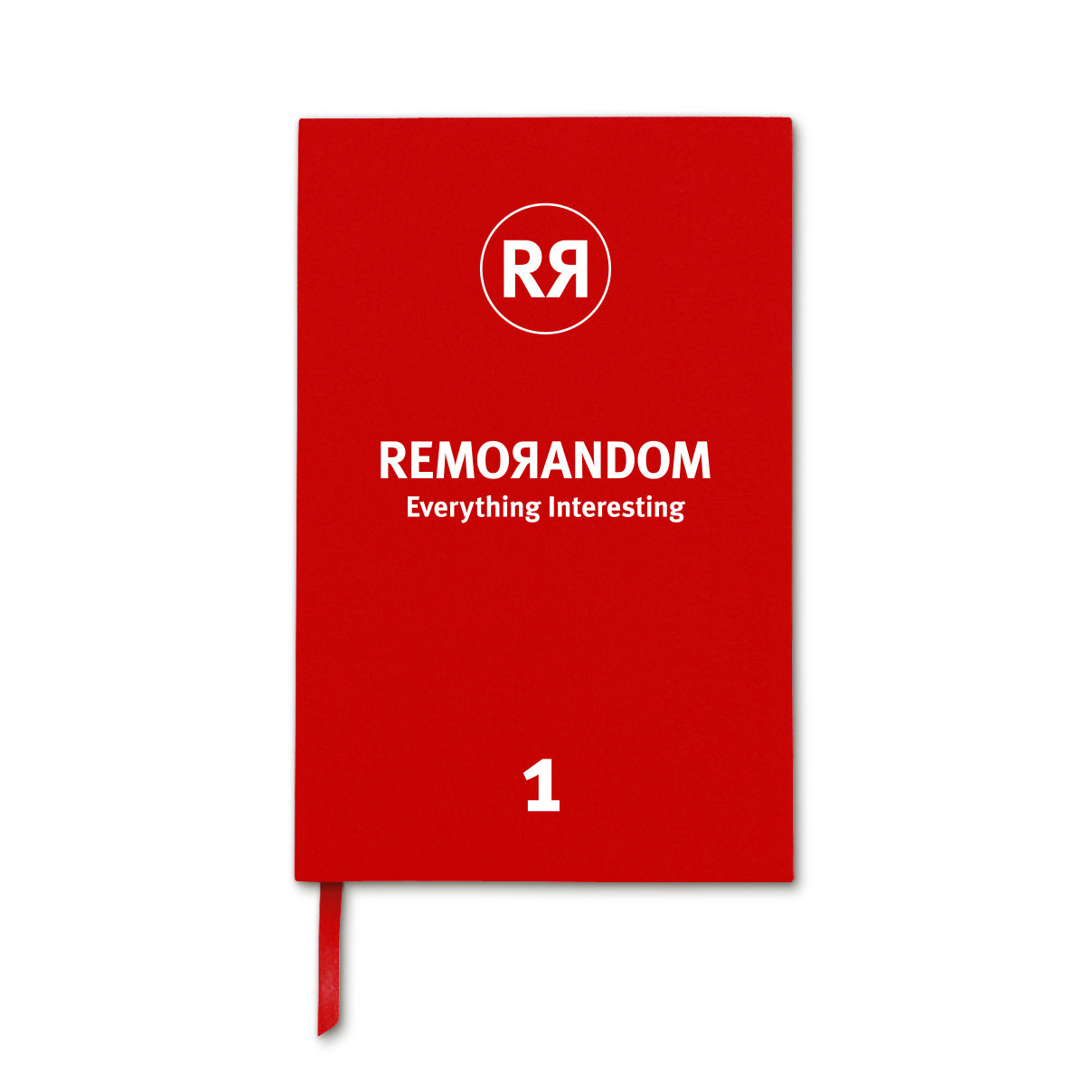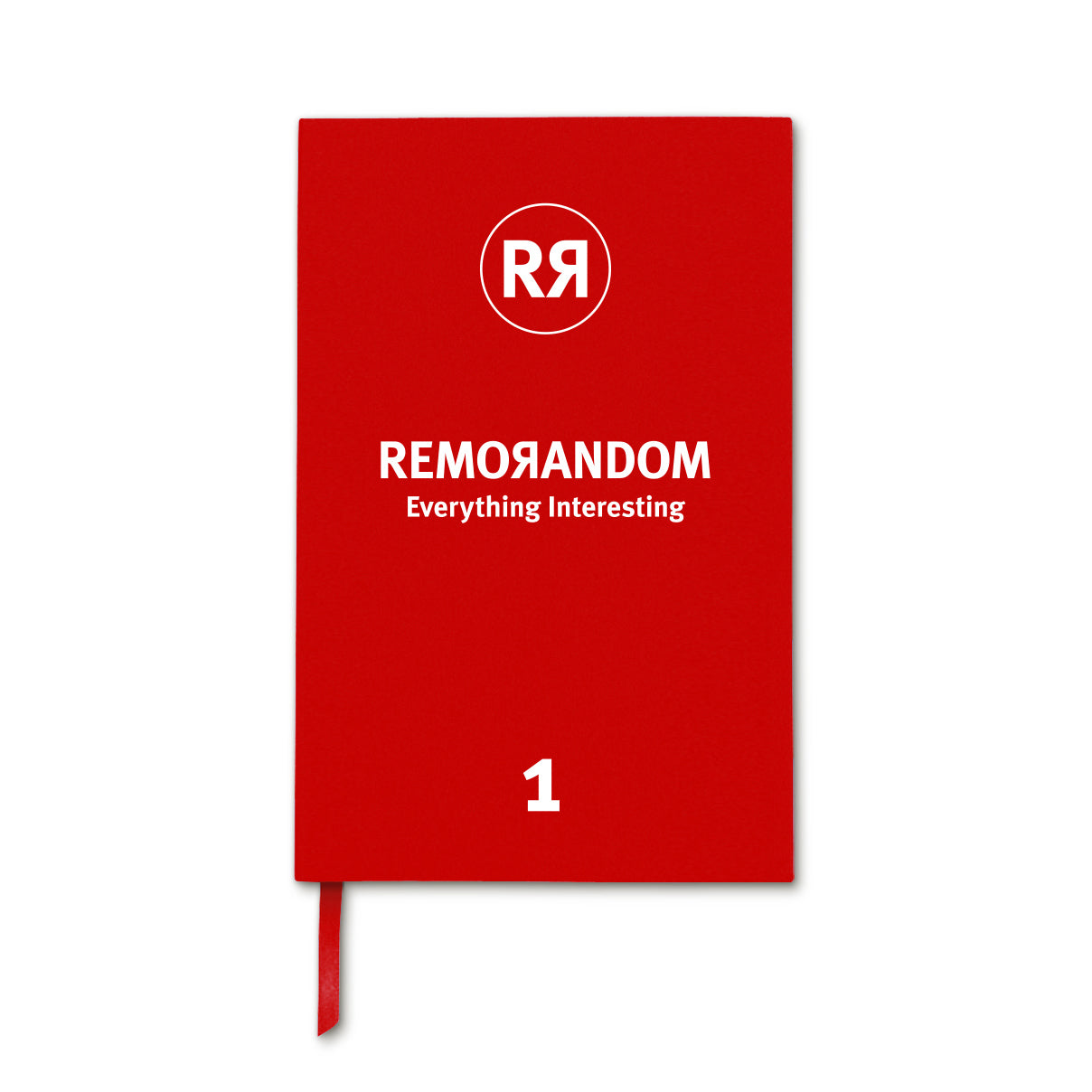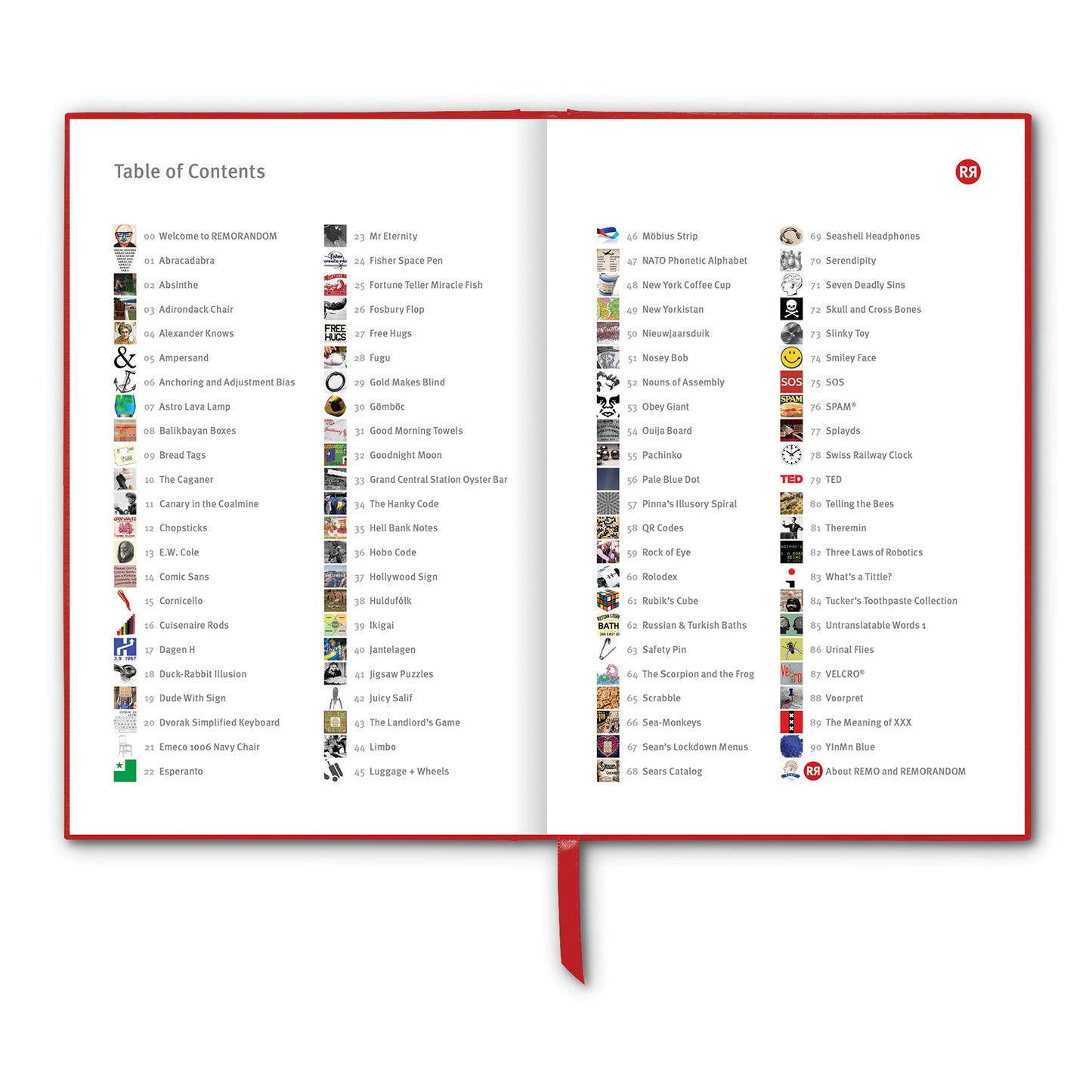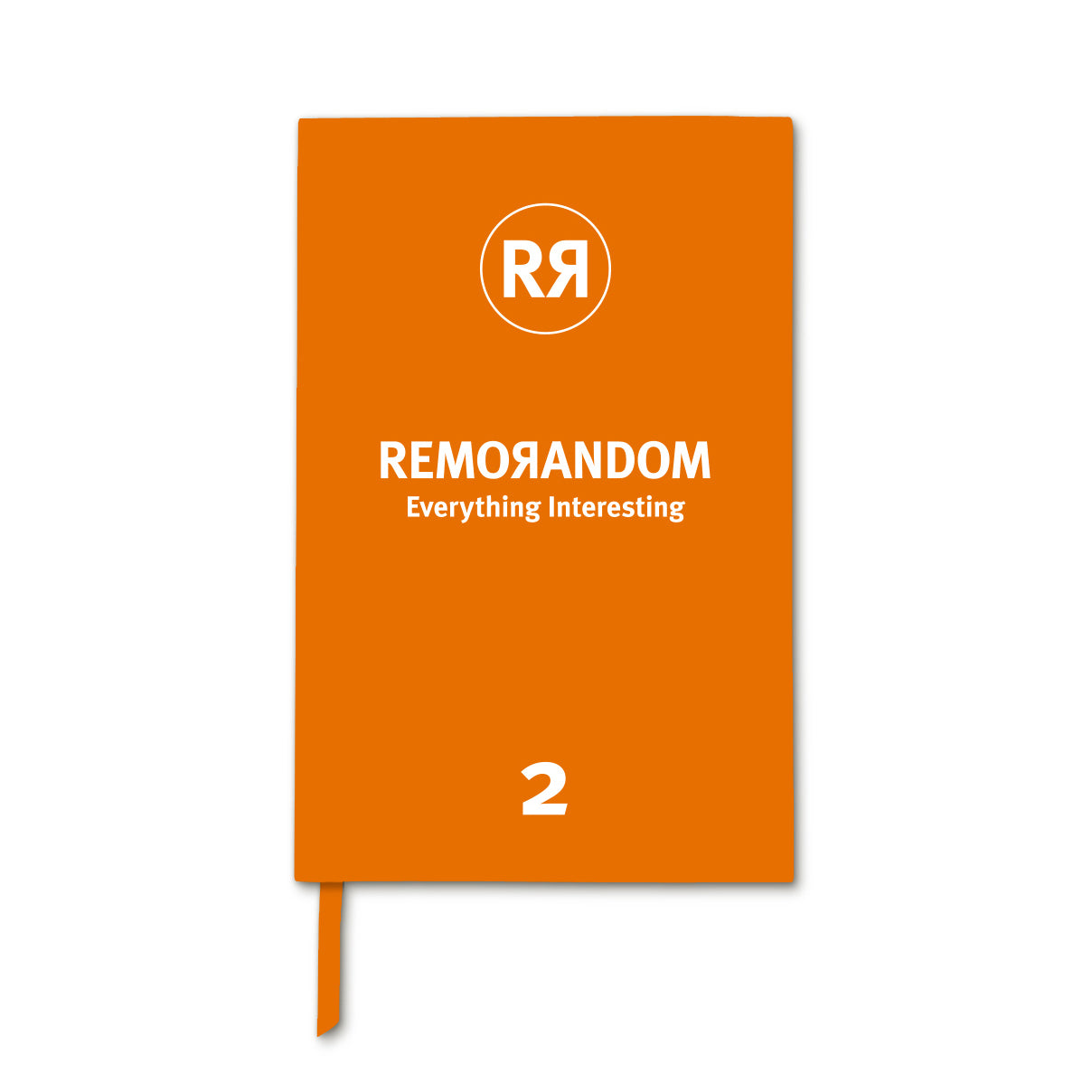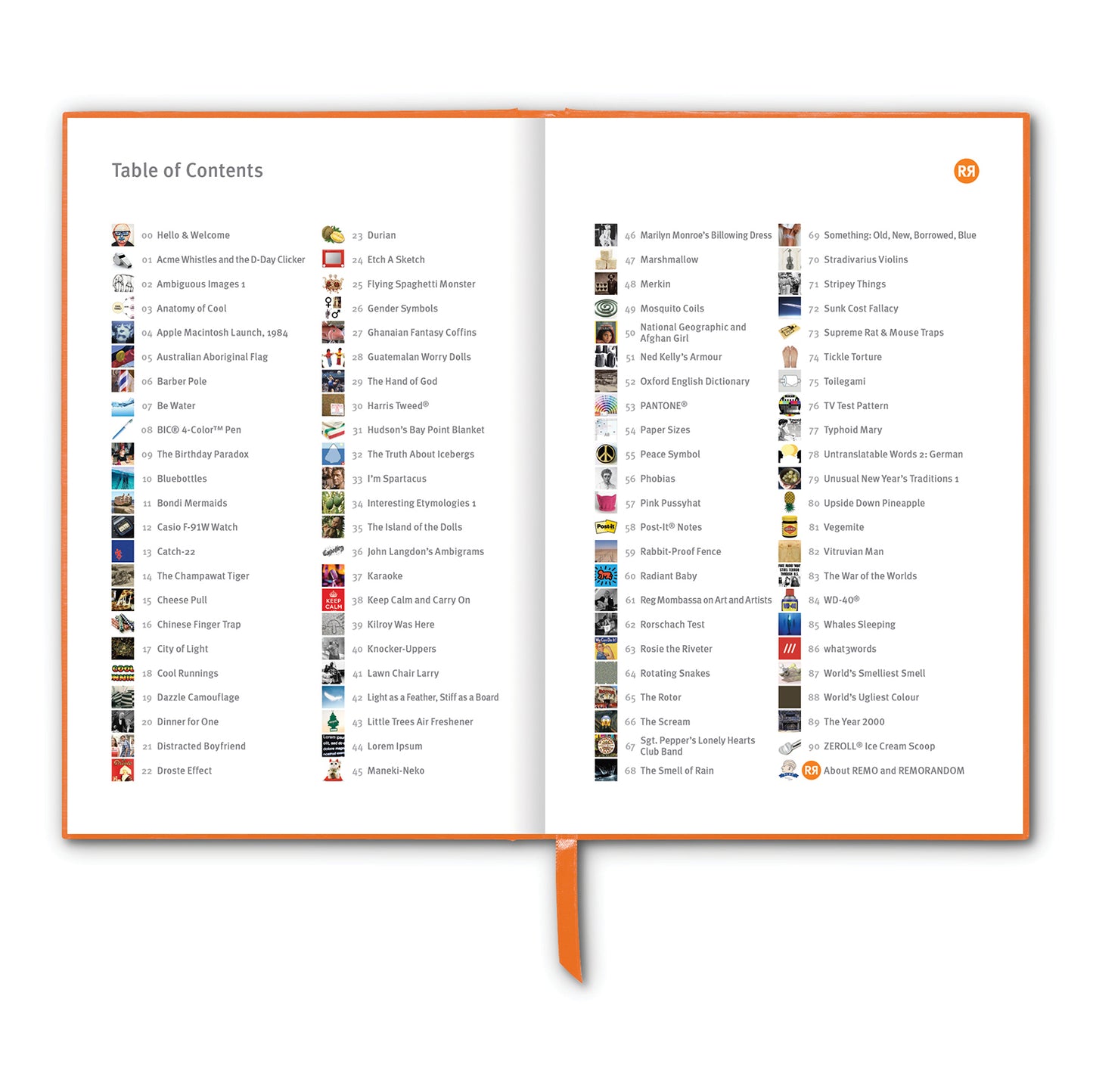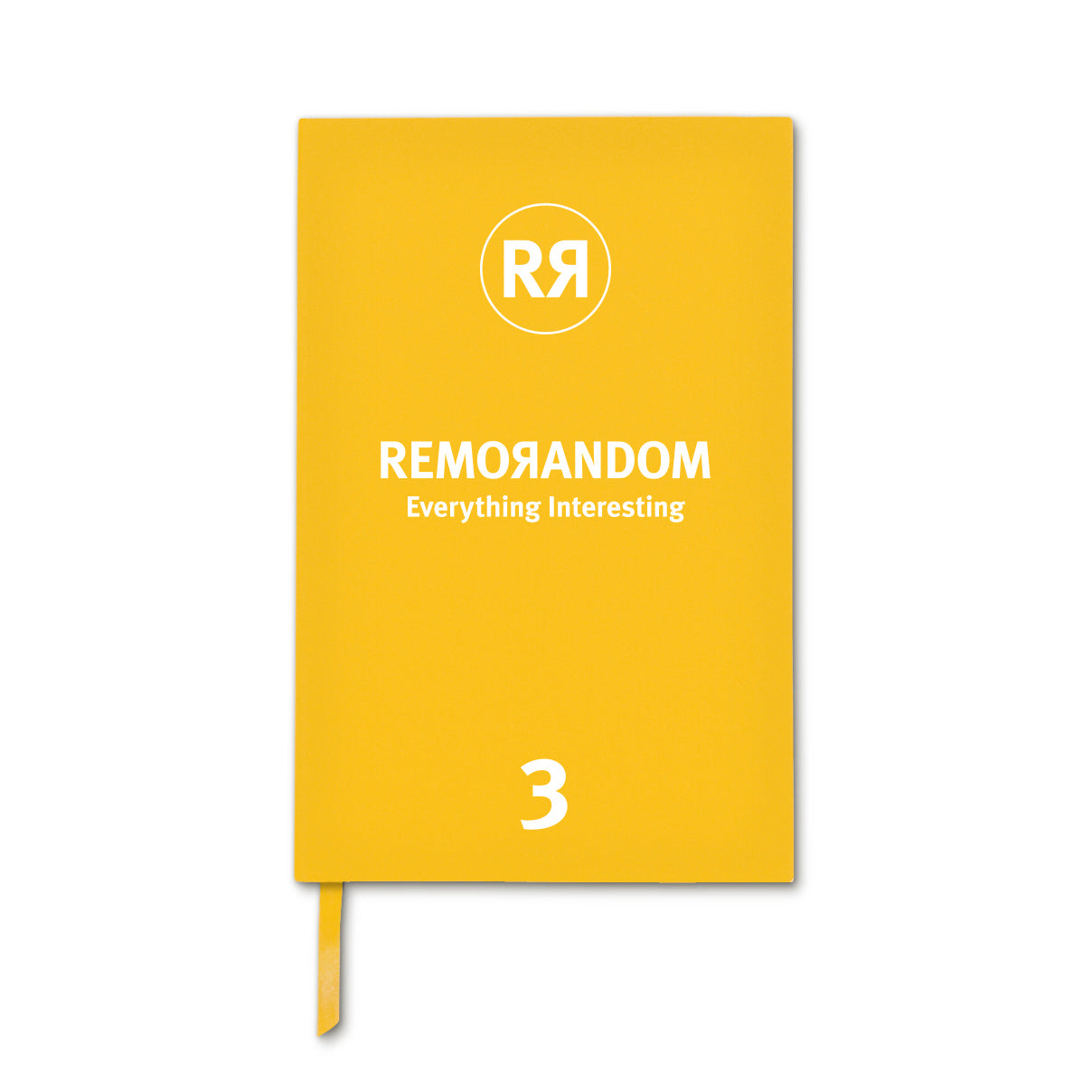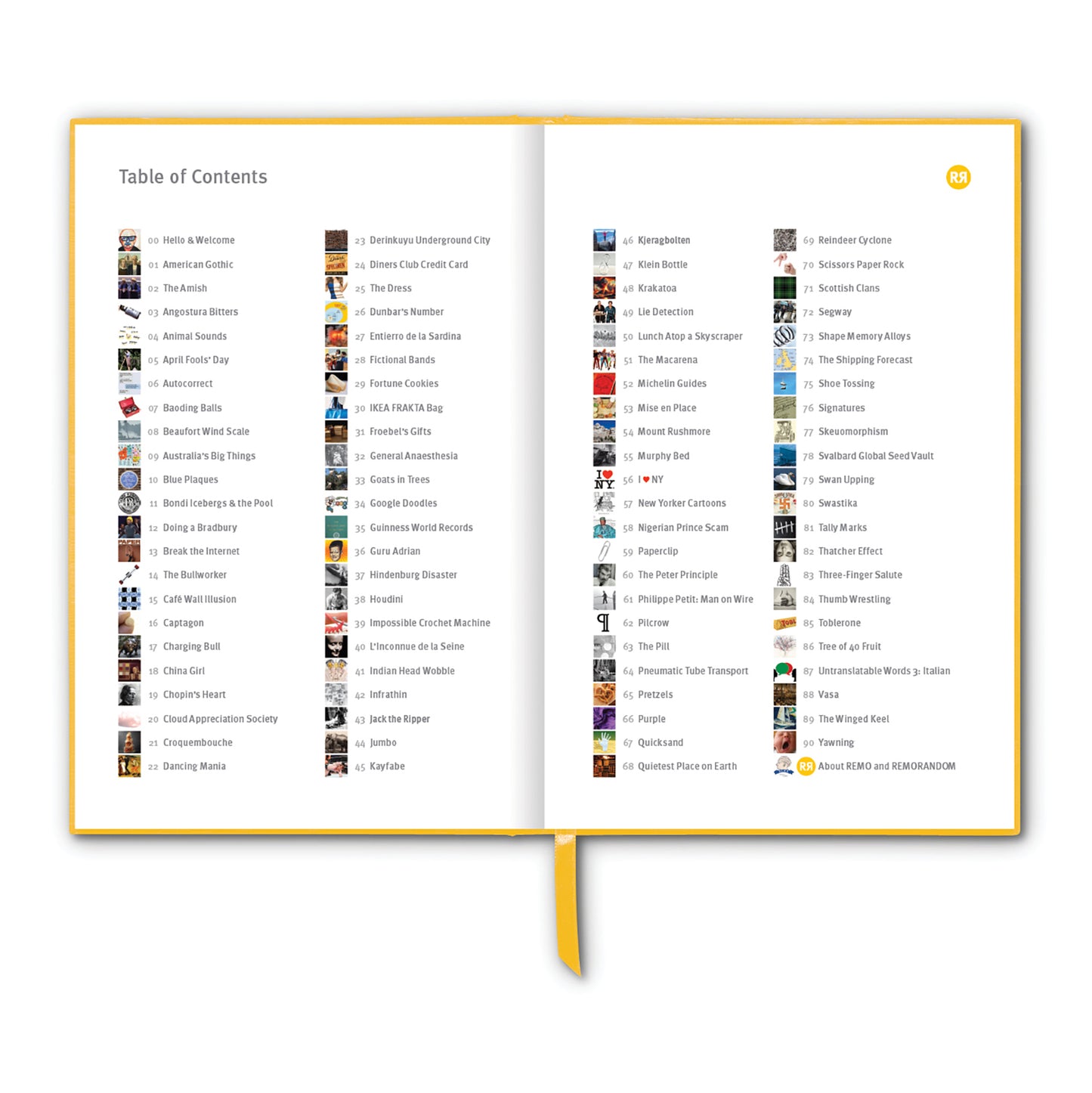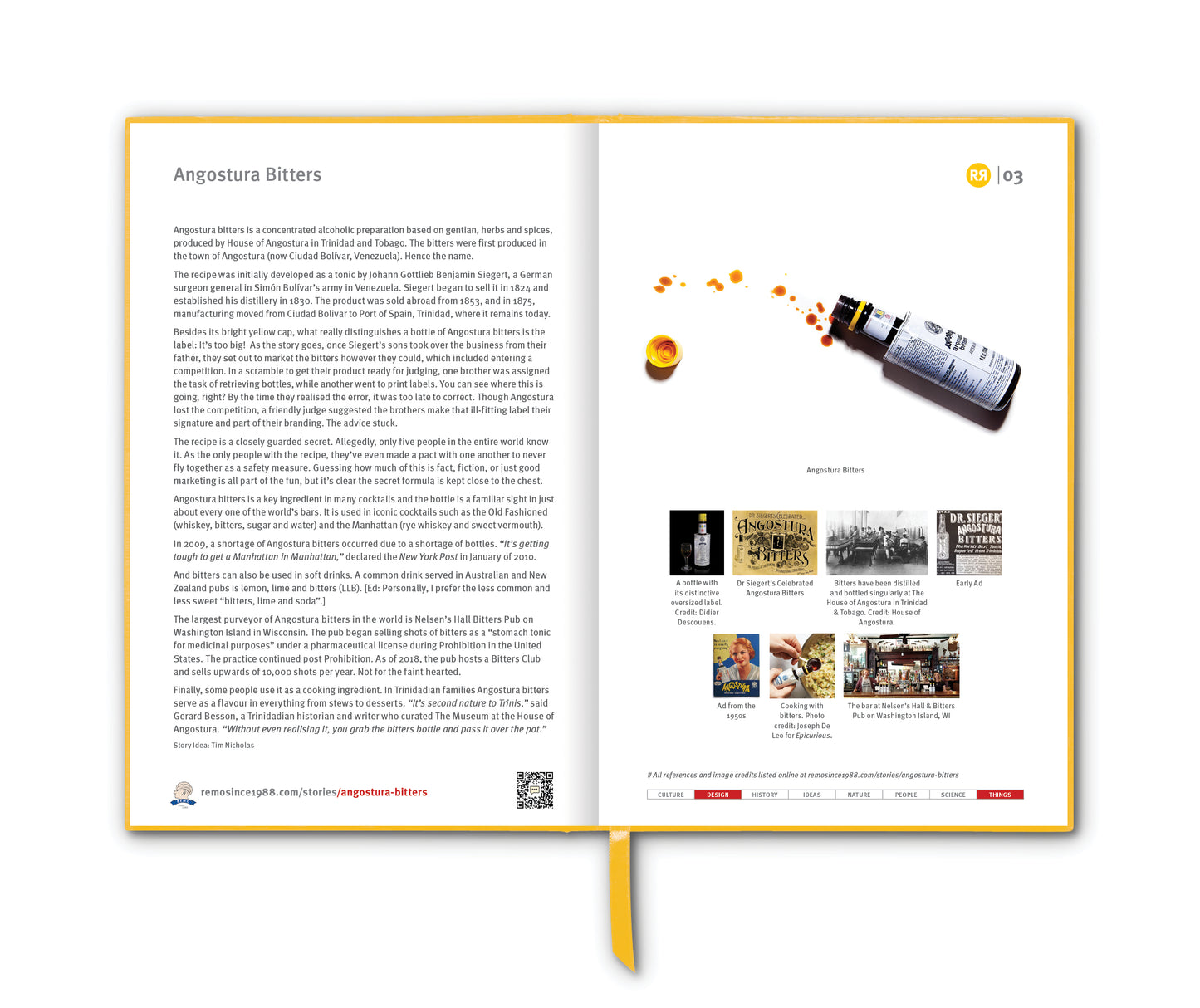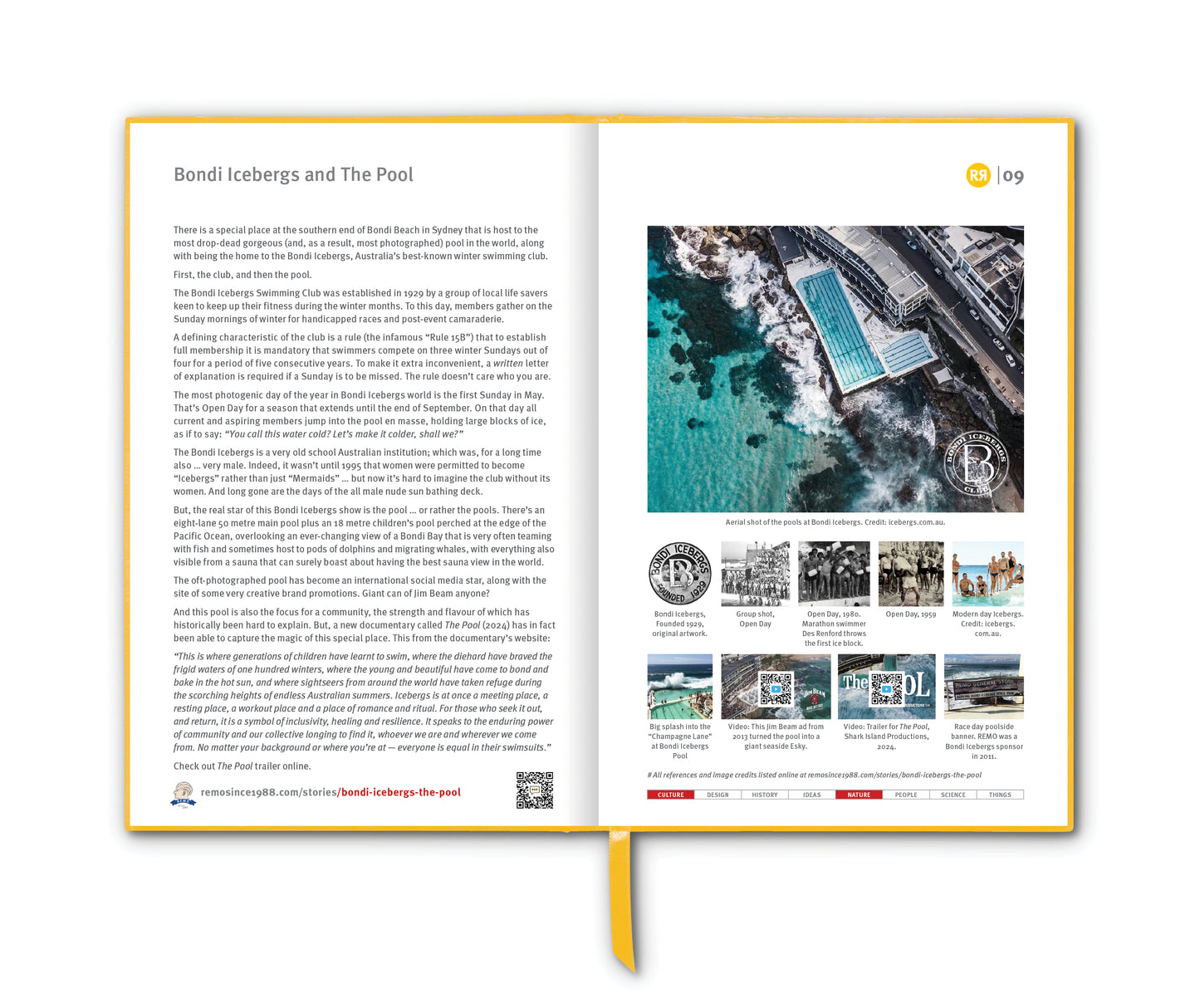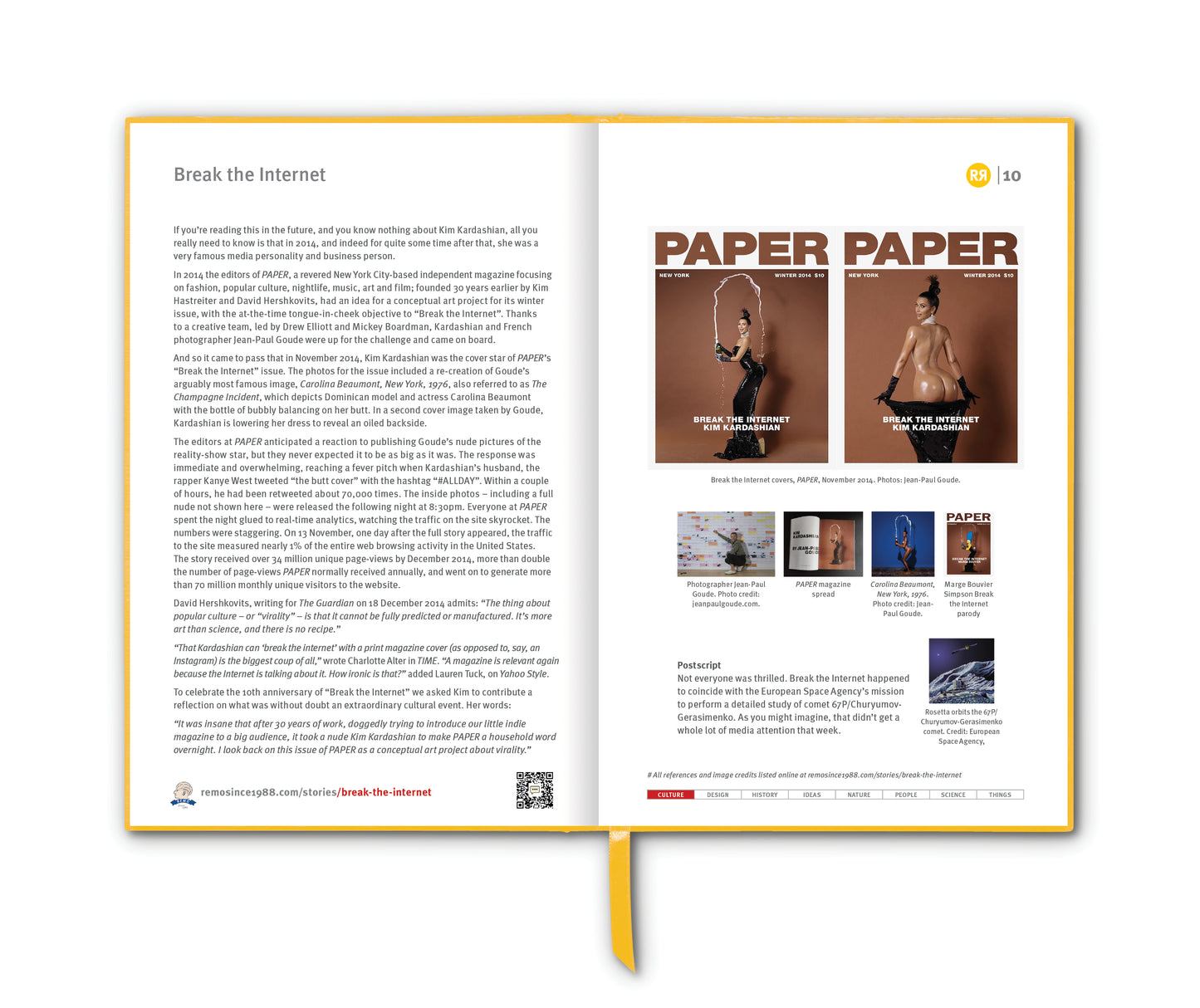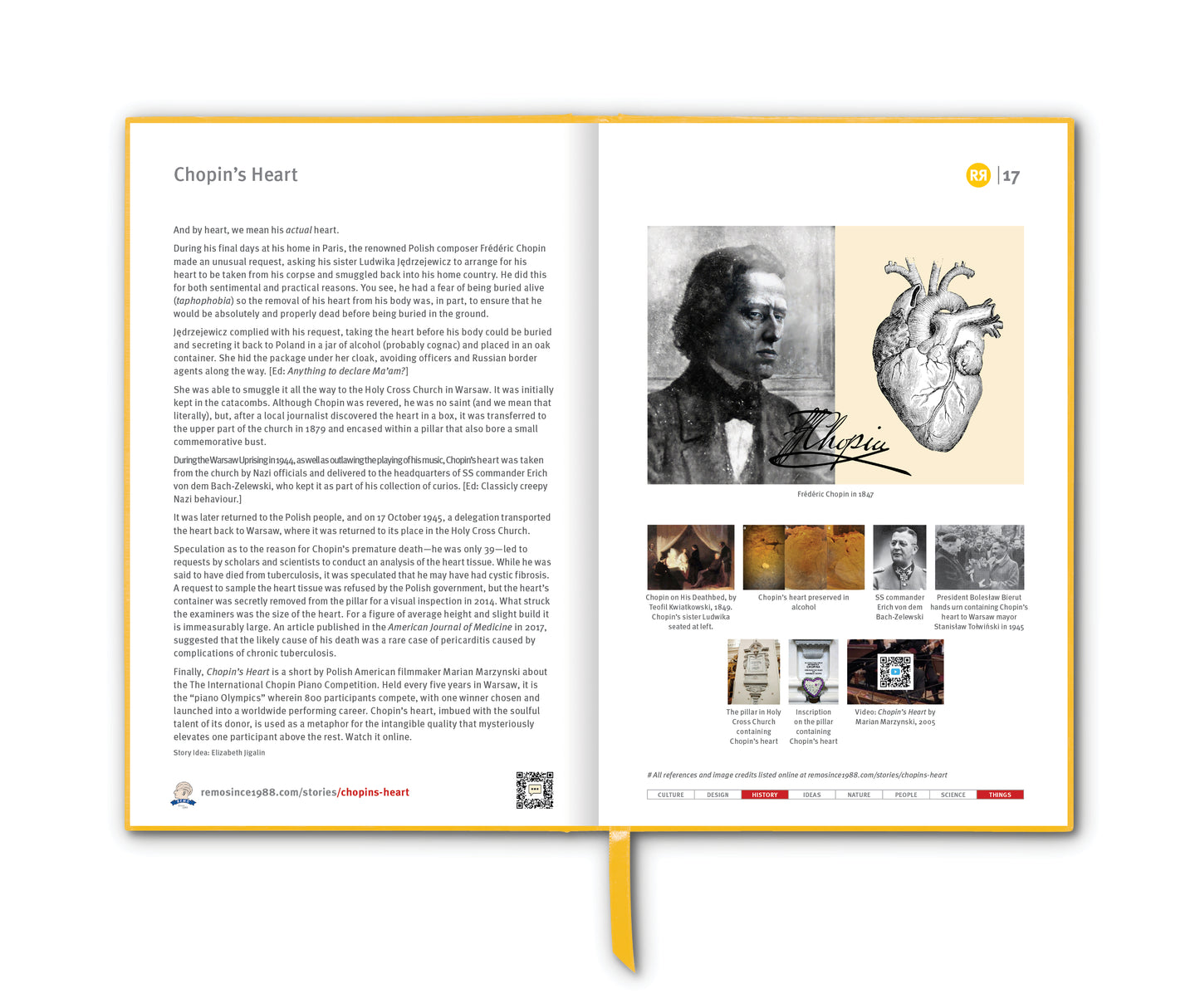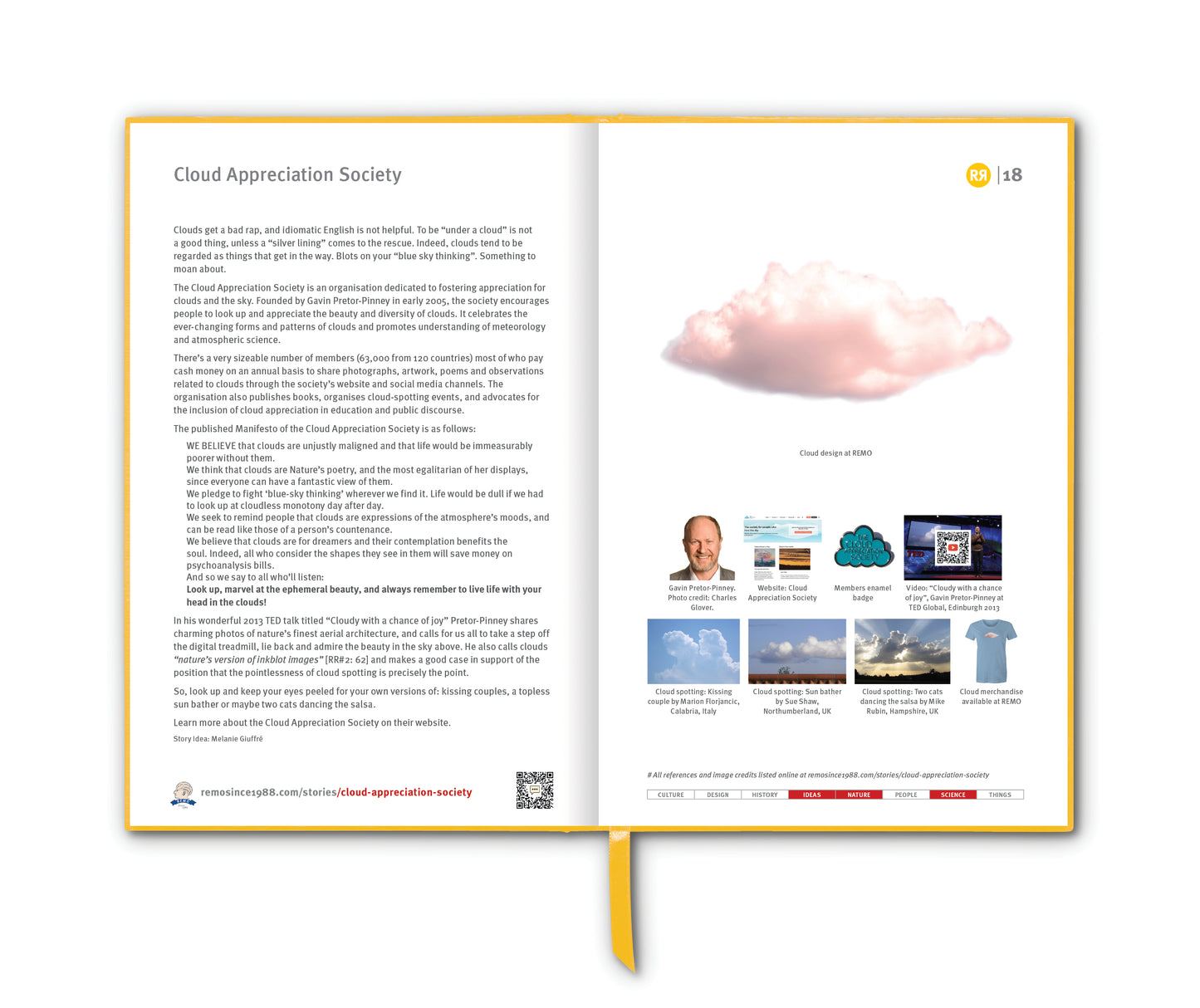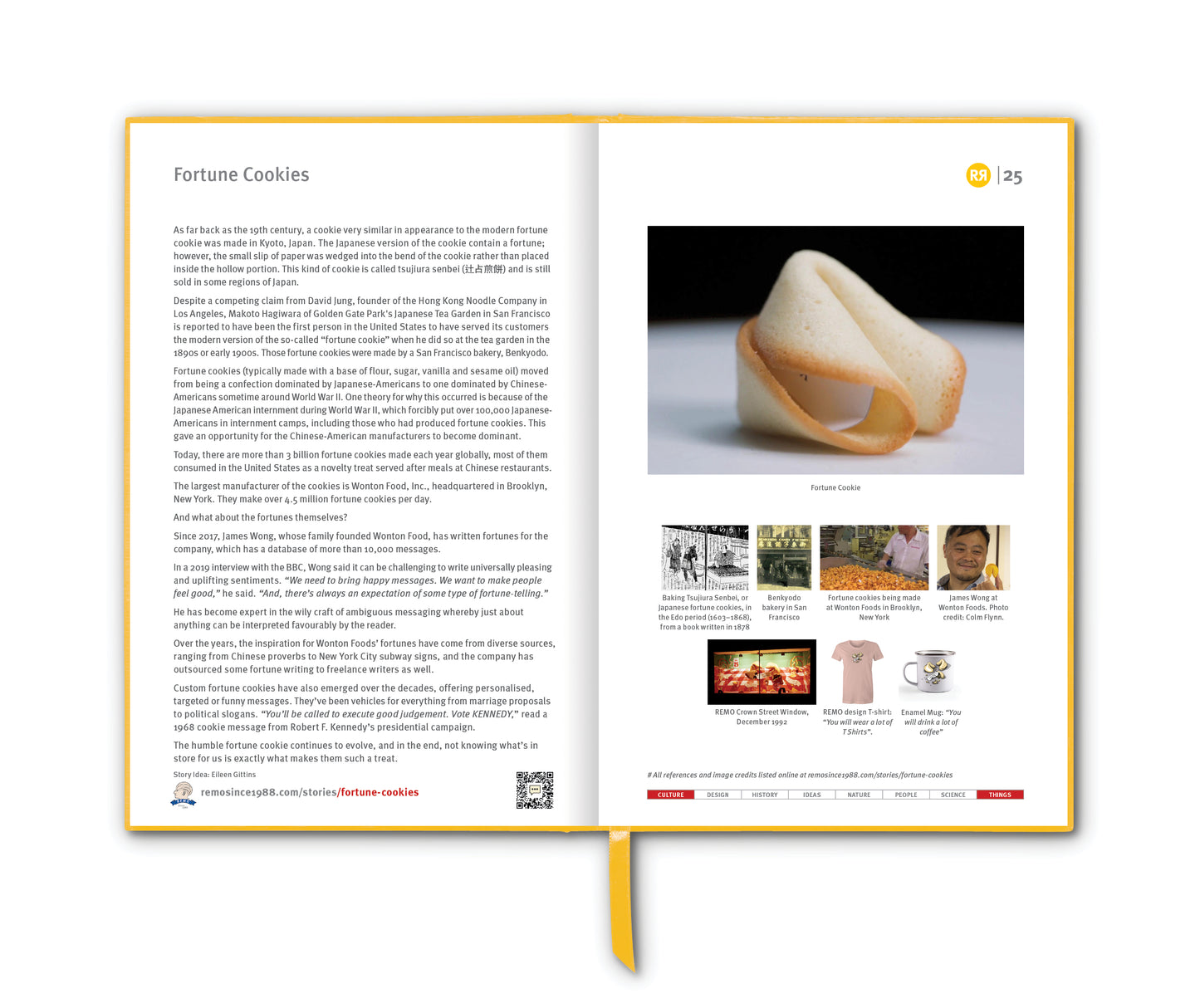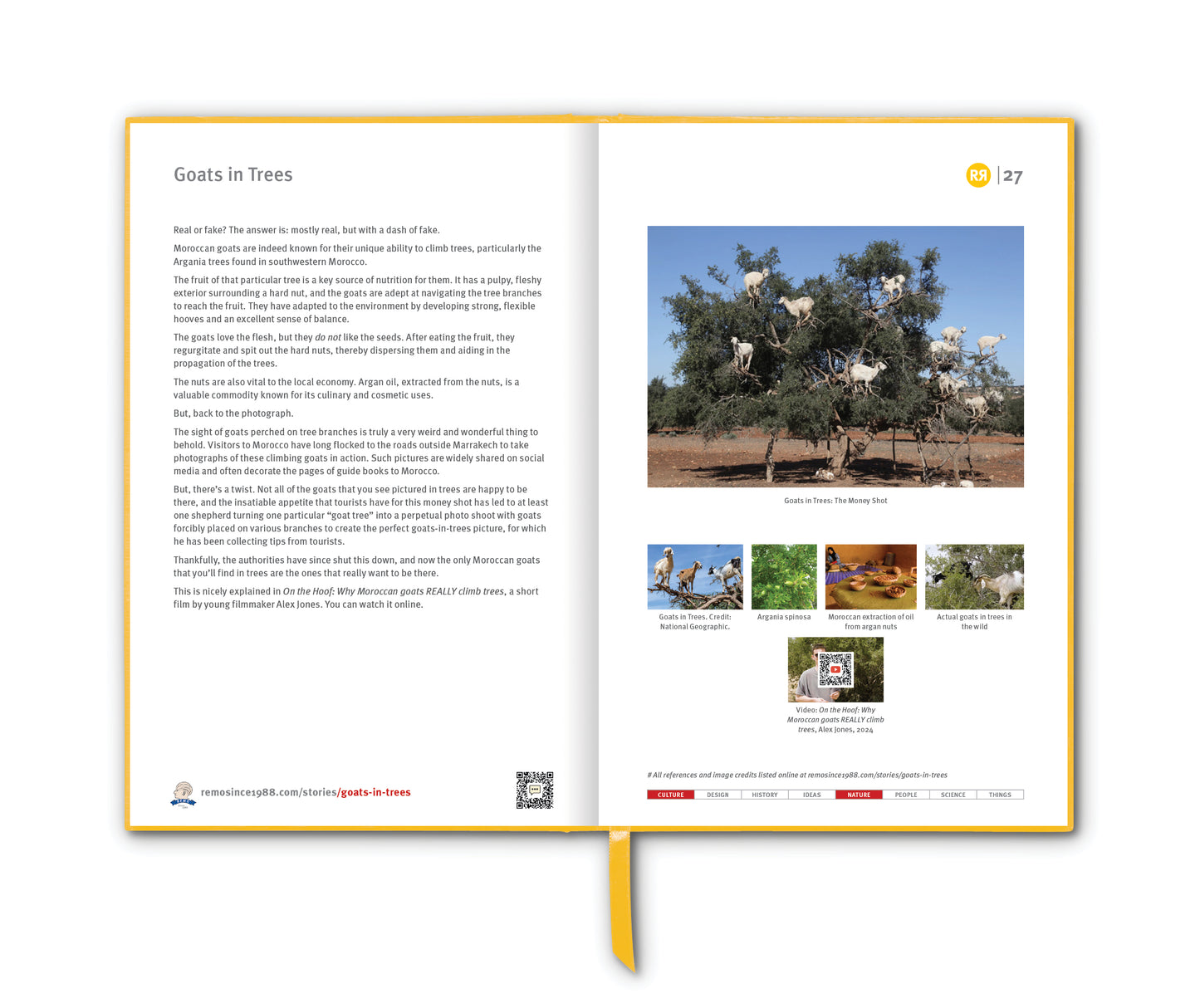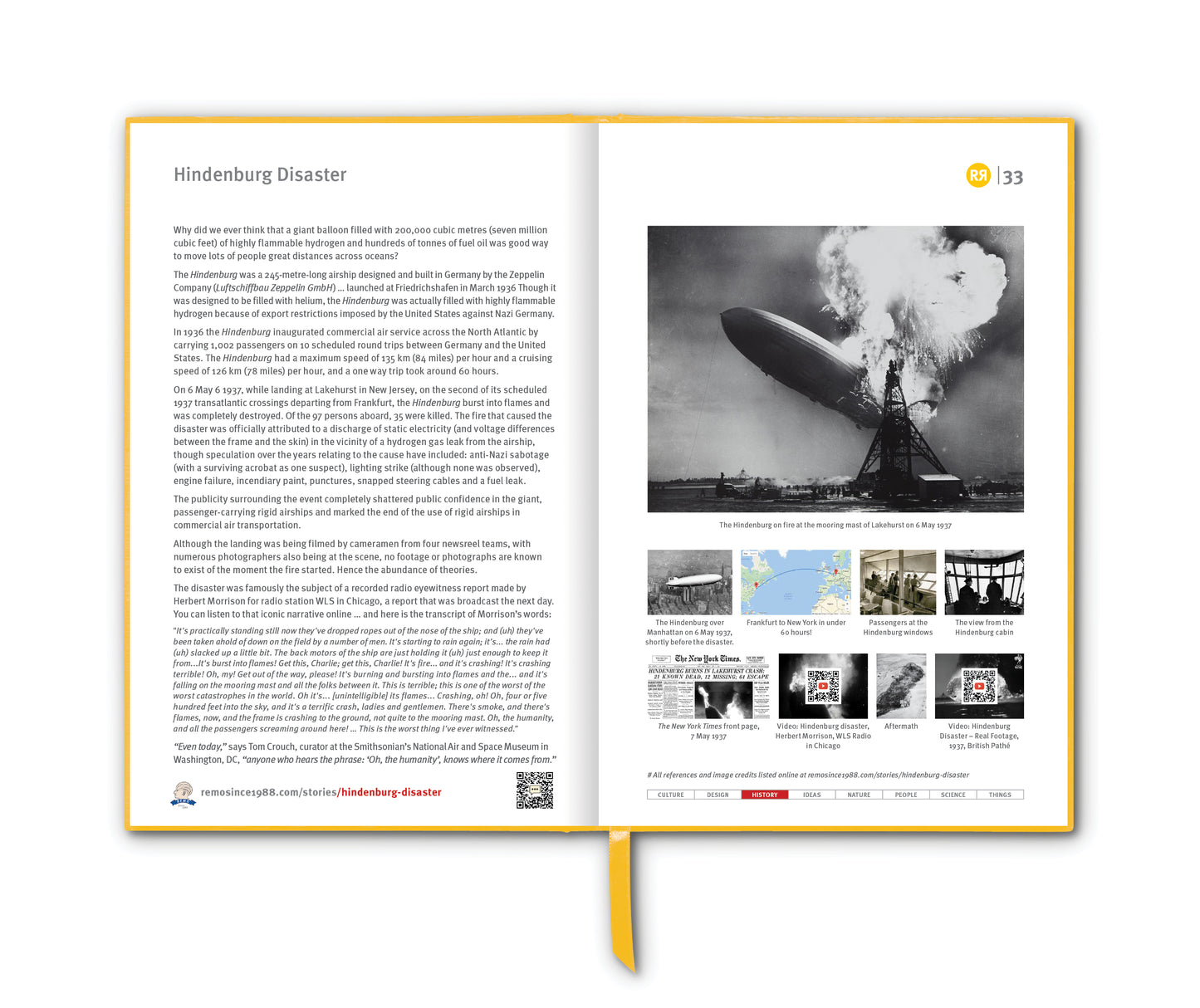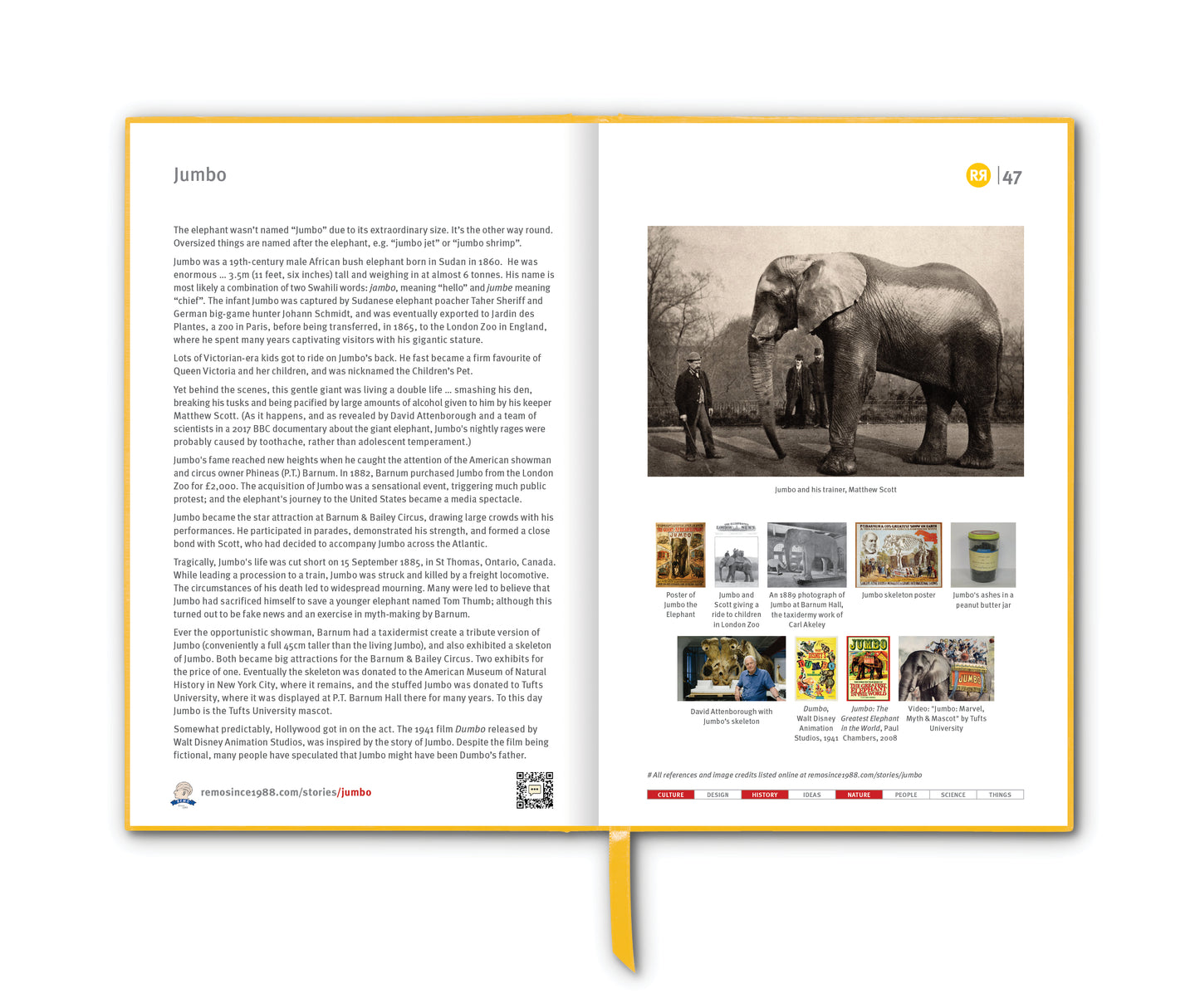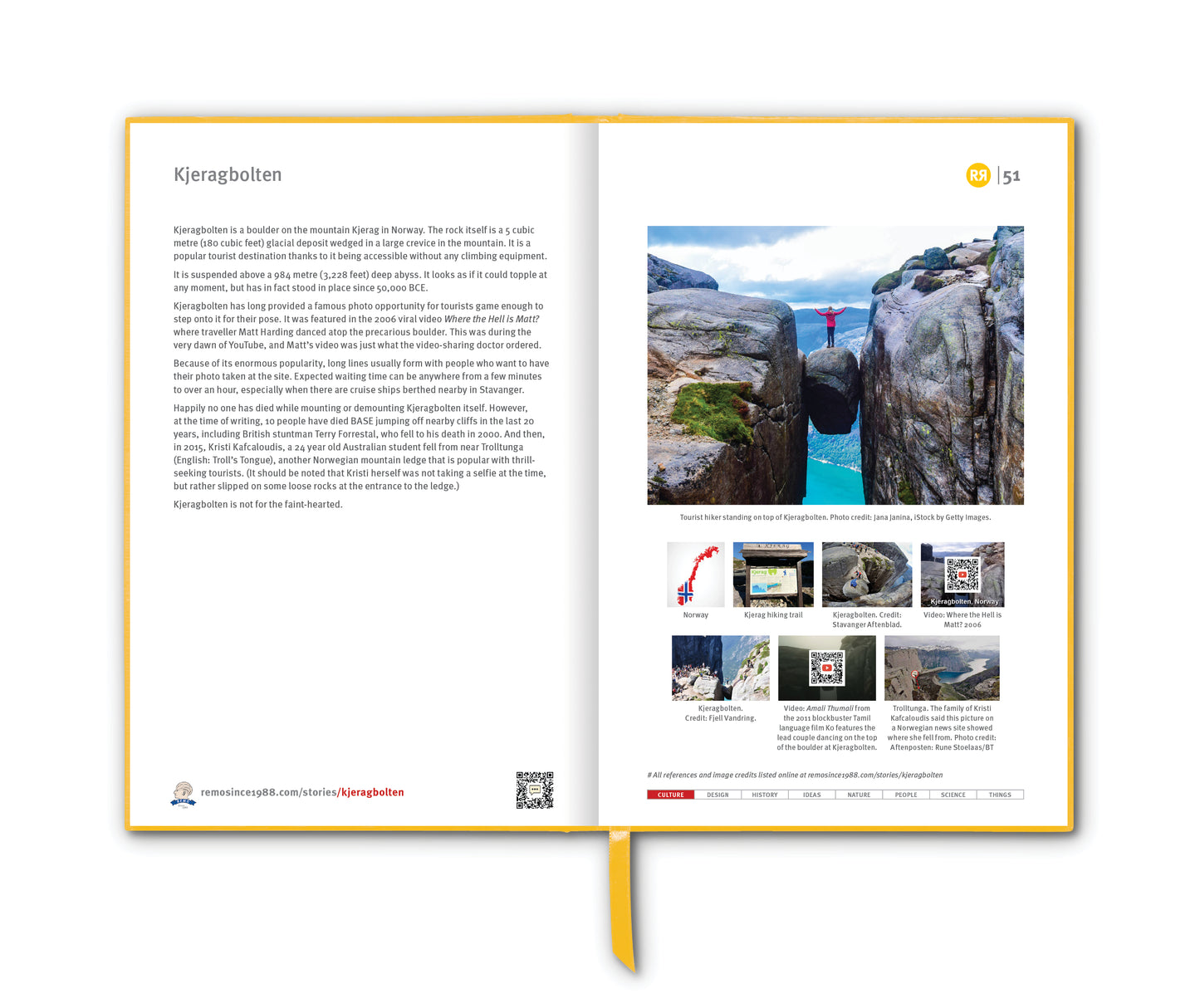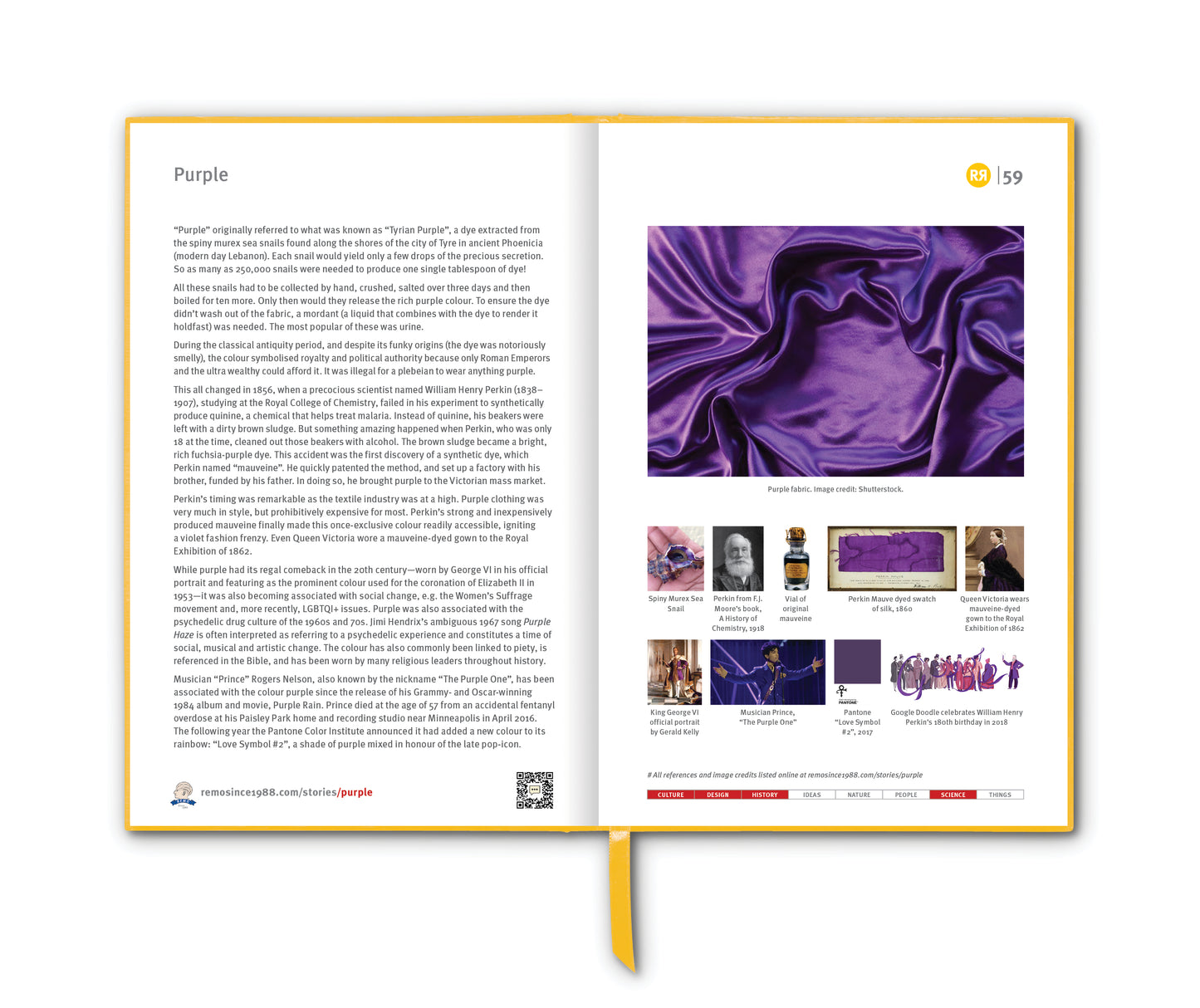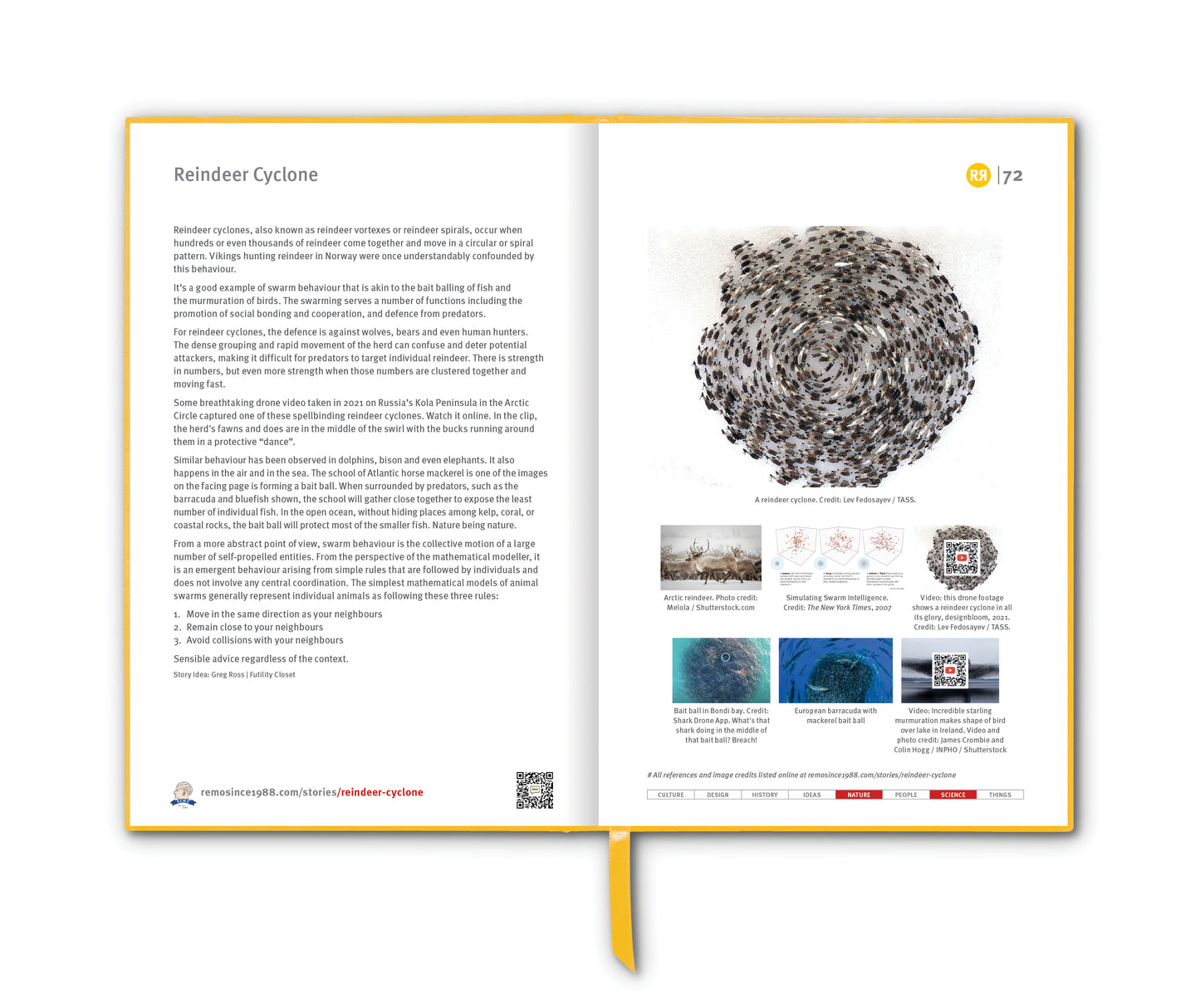A "meme" is a unit of cultural information (an idea, behaviour, style or usage) that is spread by imitation. The term meme (from the Greek mimema, meaning “imitated”) was introduced in 1976 by British evolutionary biologist Richard Dawkins in his work The Selfish Gene:
“Memes (discrete units of knowledge, gossip, jokes and so on) are to culture what genes are to life. Just as biological evolution is driven by the survival of the fittest genes in the gene pool, cultural evolution may be driven by the most successful memes.”
~ Richard Dawkins
One such successful meme is represented by the folded end of a toilet roll.
Hotel toilet paper folding is a common practice performed by hotels worldwide as a way of assuring guests that the bathroom has been cleaned.
The common fold normally involves creating a triangle or "V" shape out of the first available sheet or square on a toilet paper roll. Commonly, the two corners of that sheet are tucked behind the paper symmetrically, forming a point at the end of the roll.
More elaborate folding results in shapes like diamonds, baskets, hearts, fans, sailboats and even flowers.
Toilet paper folding is also known as "toilet paper origami" or "toilegami".
Stephen Gill, a British photographer, spent three years taking pictures of hotel toilet paper and published a book of pictures named after their various locations . Here are some of his observations:
“The Tokyo, with its tiny pleats, really stands out. Only in Japan did I find such minute attention to detail. It made me smile to think of someone creating these precise folds, when, in a few hours, the sheet would be ripped off and flushed down the loo. The New York City, on the other hand, is very poor quality, asymmetrical on rough, thin paper. And the Romania is a great slab with a small, right-hand fold. It struck me that these differences must reflect the mood of the people who created them: whether they were in a rush, how they were feeling.”
Yeah, we get how the toilet roll finish can serve to communicate care and love; but that doesn’t excuse the existence of some of the more elaborate forms of toilegami; and indeed there are websites devoted to the practice and books (even sequel books) on the subject.
But the one argument that the practice of toilegami does settle once and for all is the age old one regarding the roll-fold-over or roll-fold-under. Without the roll-fold-over there would be no toilegami. So, if the diagram on Seth Wheeler’s original patent from 1891 isn’t enough to convince you, then maybe this will.
Story Idea: Remo Giuffré
__________________________
References
wikipedia.org/wiki/Hotel_toilet_paper_folding
theguardian.com/theguardian/2007/sep/26/arts.g2
allaboutlean.com/toilet-paper-origami/
wikihow.com/Fold-Toilet-Paper
Images
1. Credit: Harmony Professional: shpgroup.eu/tips/toilegami-en
2. Triangle. Credit: Christoph Roser at AllAboutLean.com.
3. Diamond. Credit: Christoph Roser.
4. Fan. Credit: Christoph Roser.
5. WikiHow: Heart
6. More elaborate toilegami
7. The sticker is a fancy touch at Hotel Monasterio in Cusco, Peru
8. Book: Toilet Paper Origami: Delight Your Guests with Fancy Folds and Simple Surface Embellishments by Linda Wright, 2008
9. Seth Wheeler, Toilet Roll, US patent diagram, 1891
